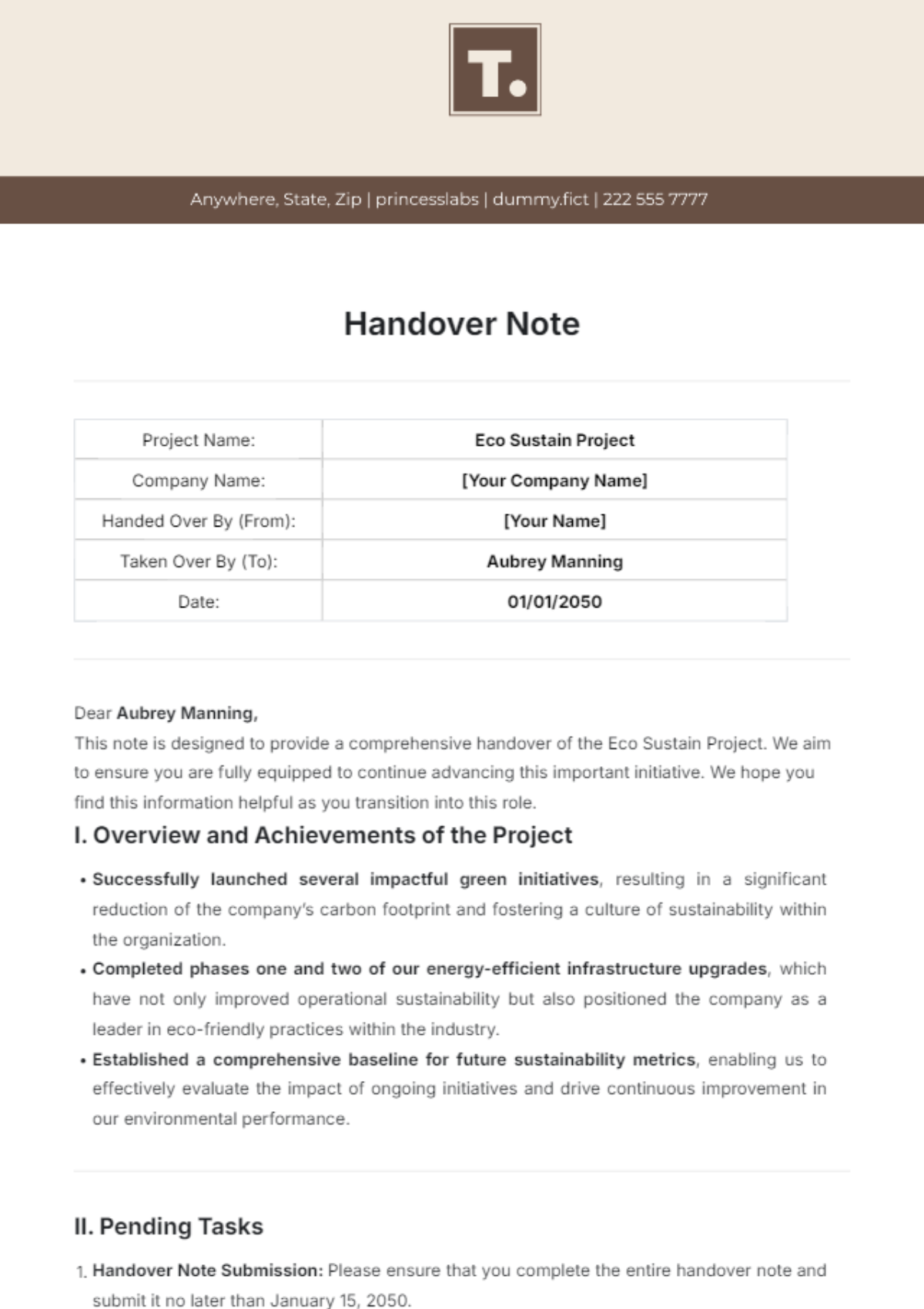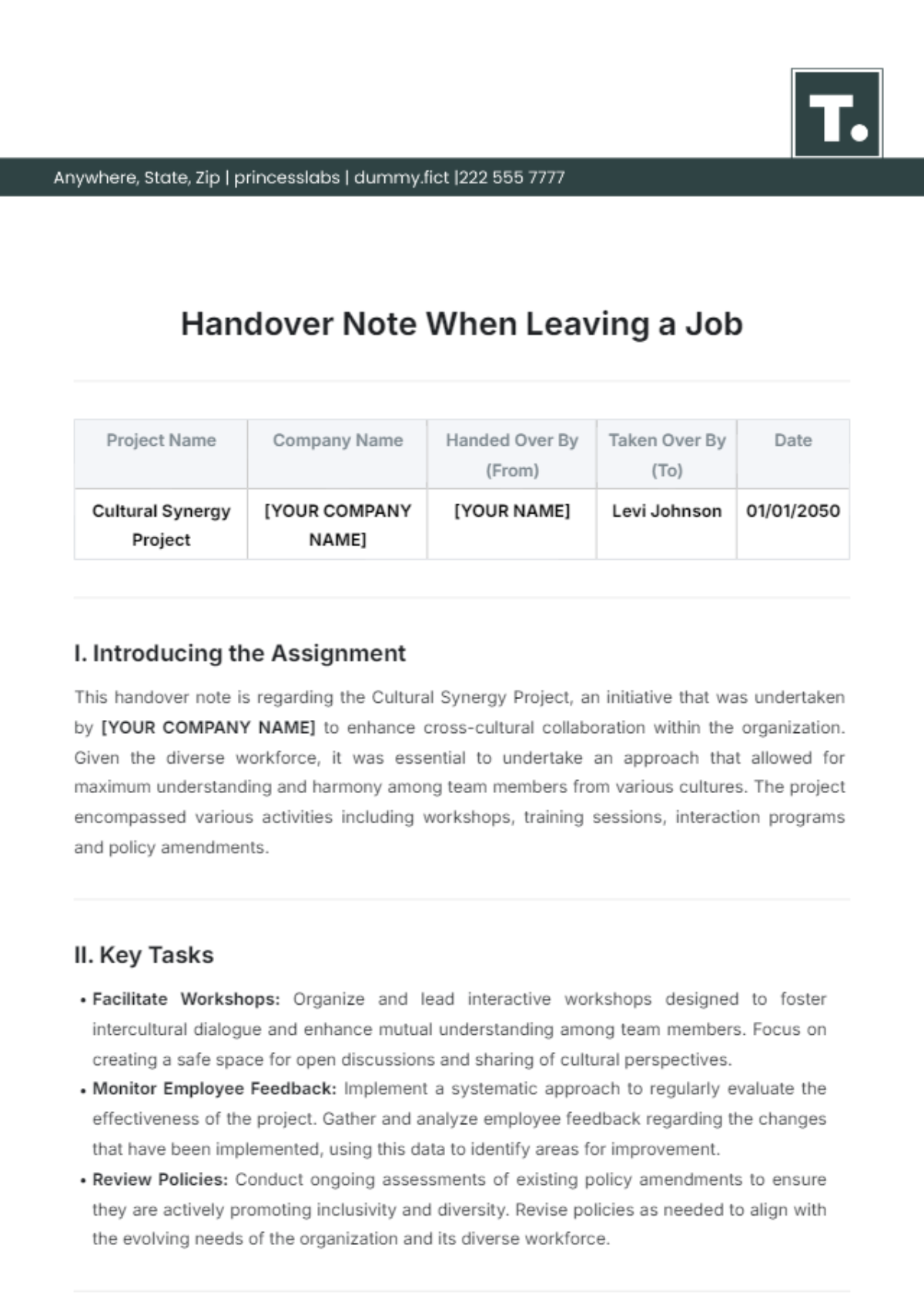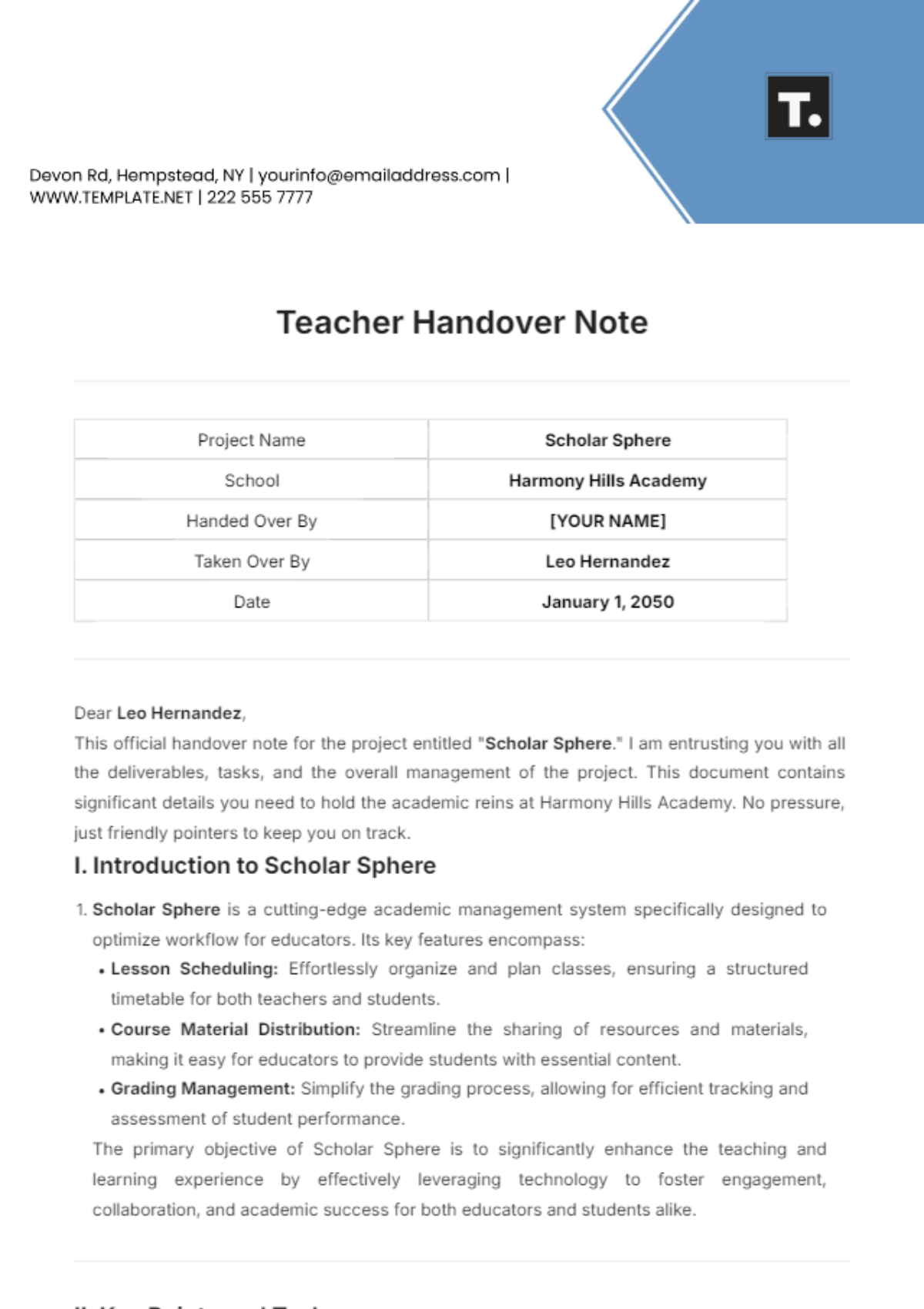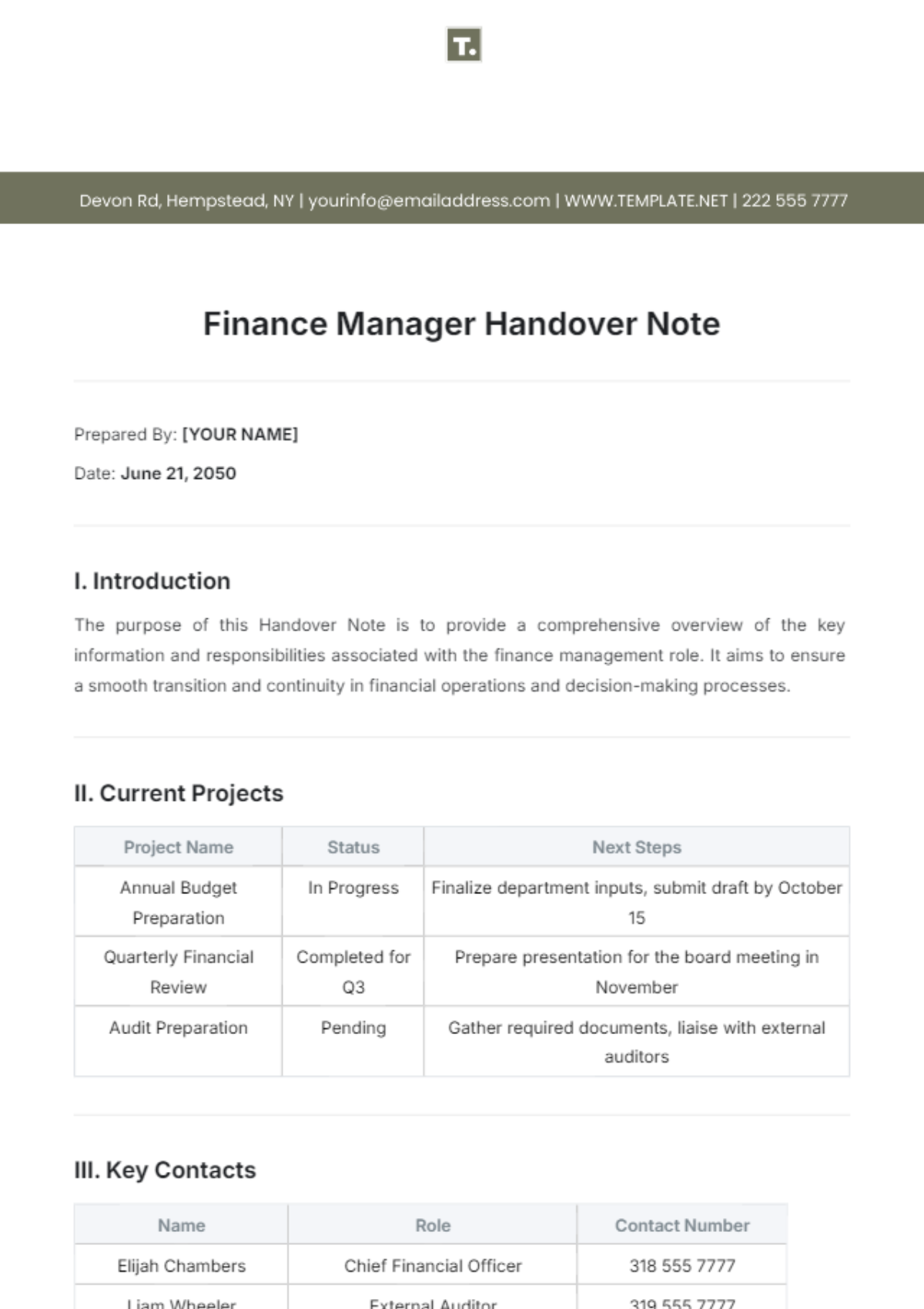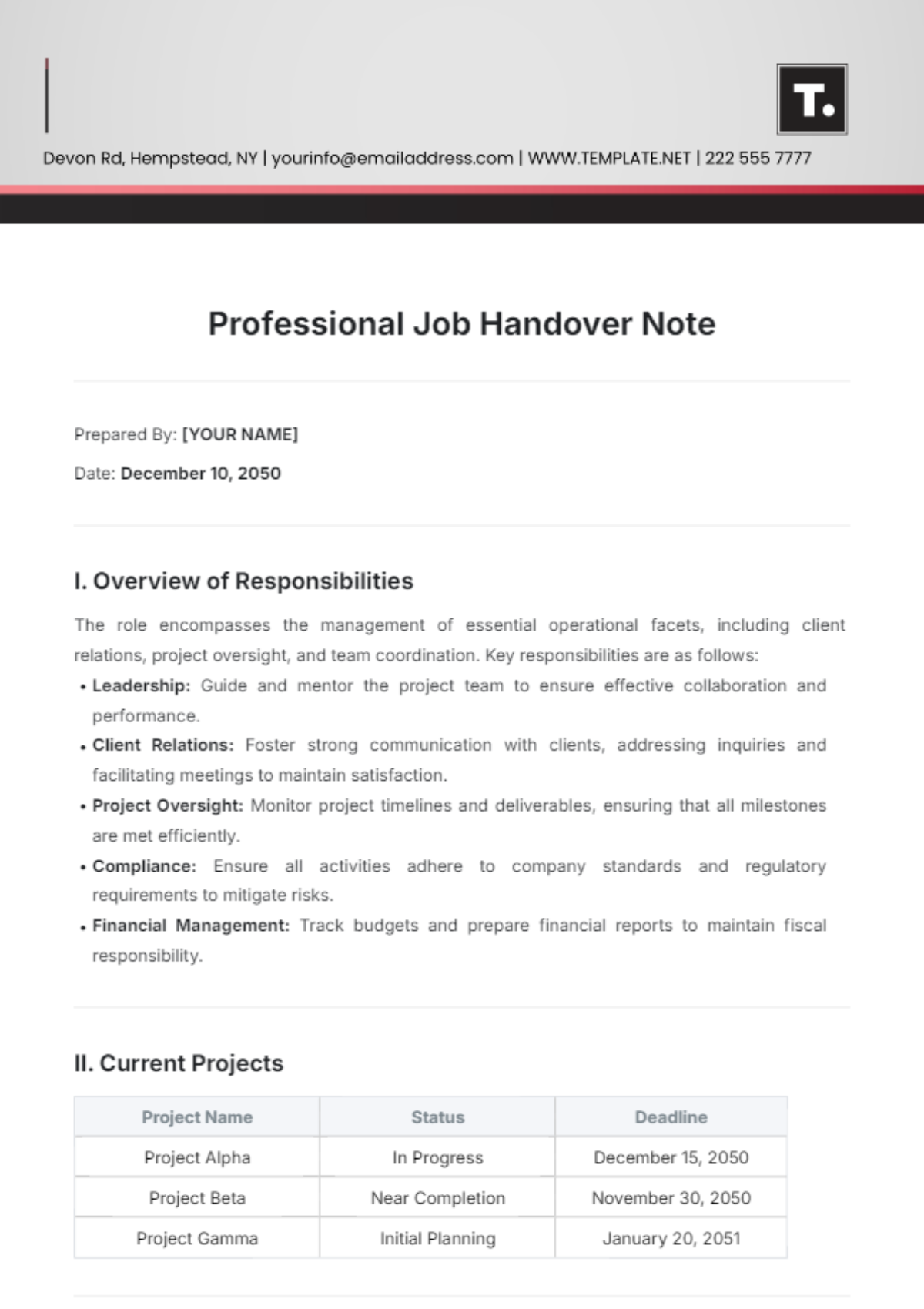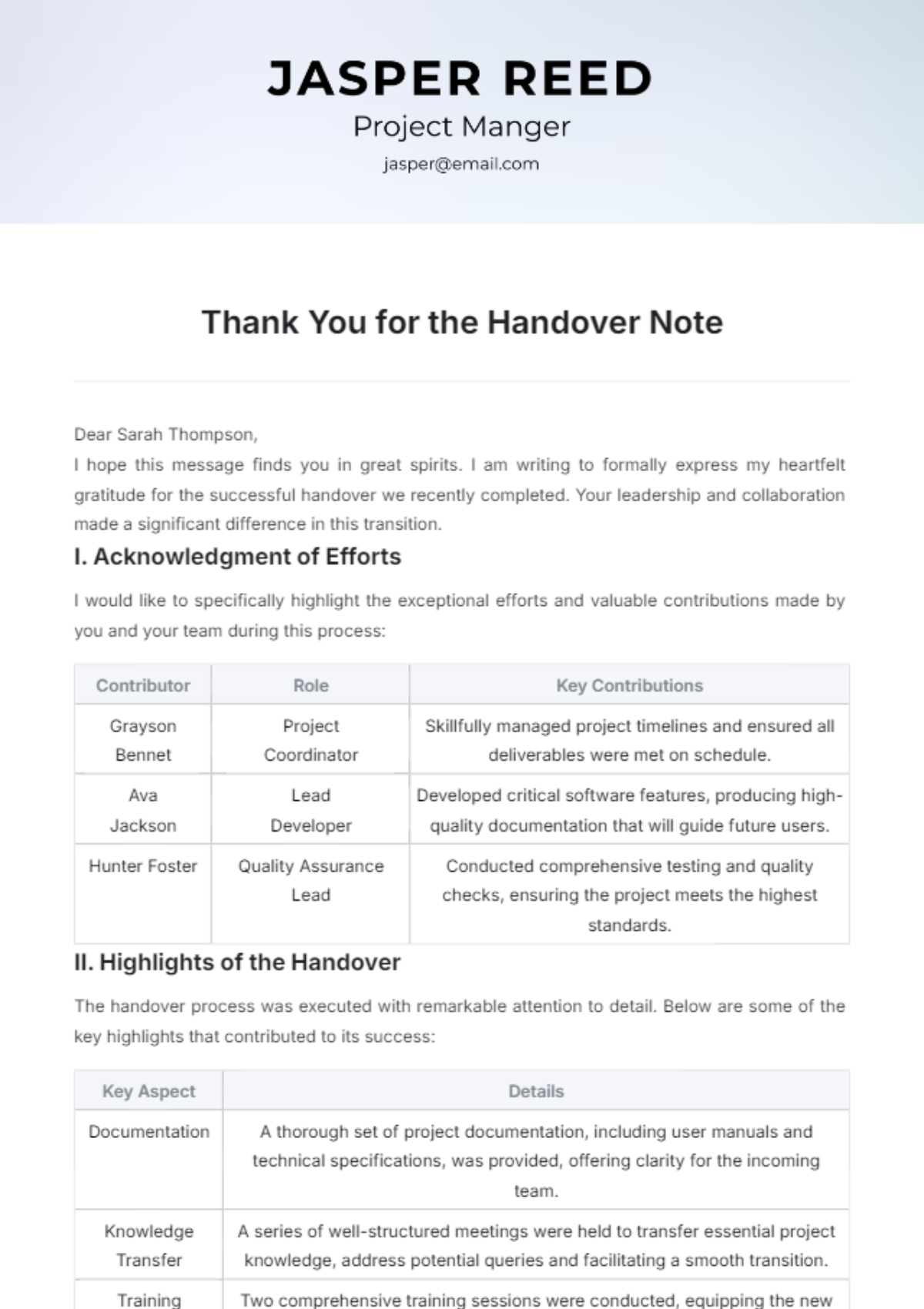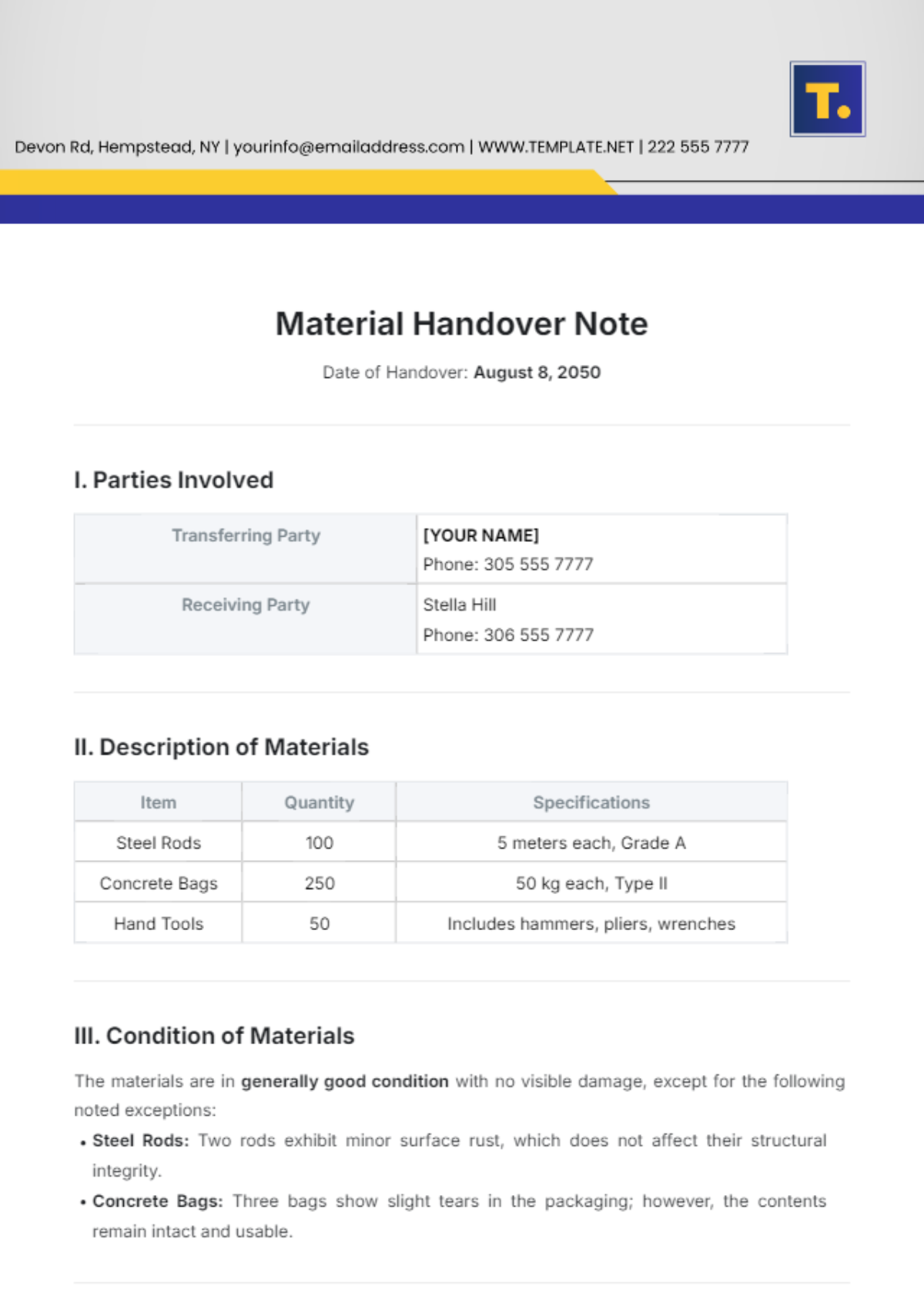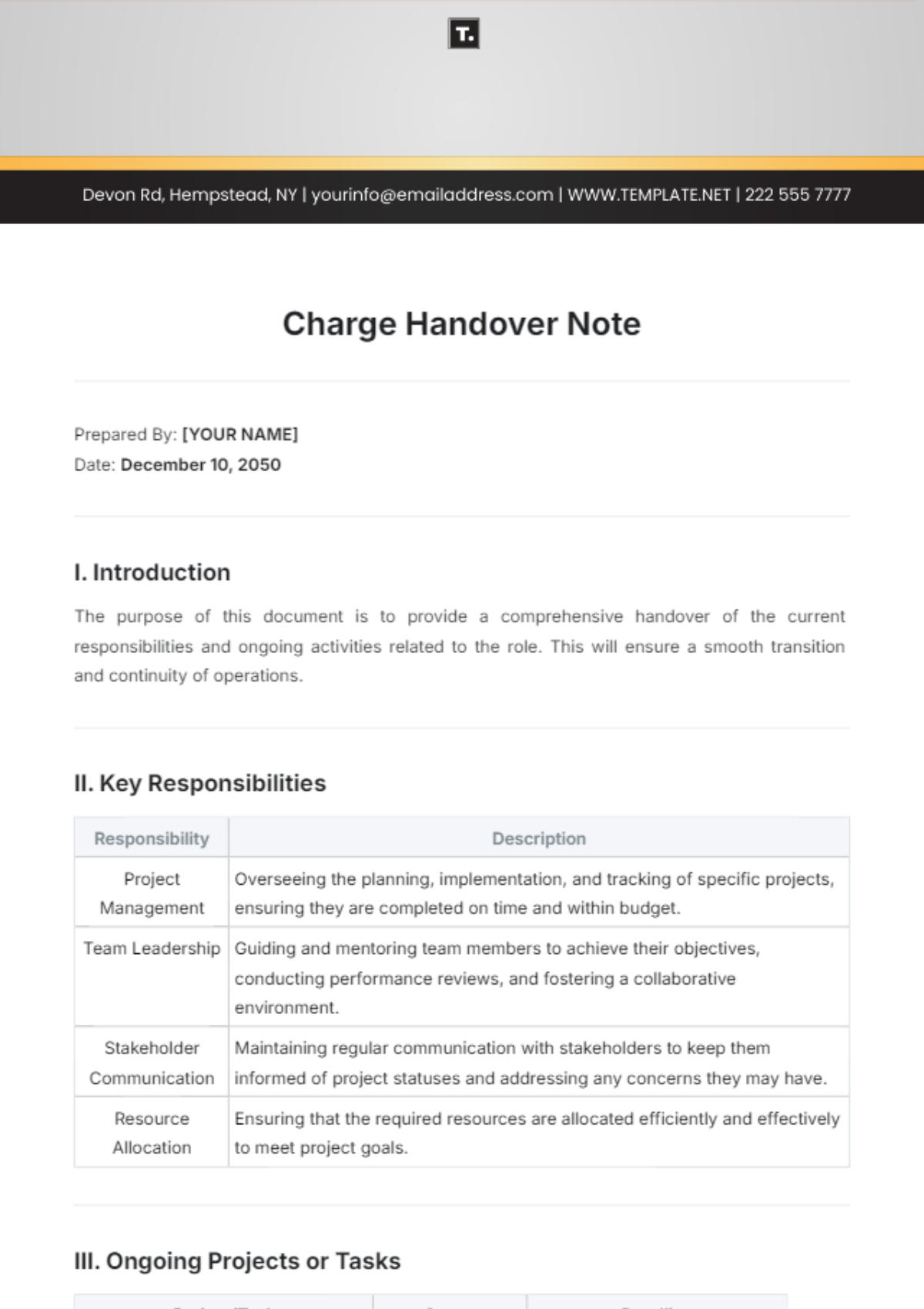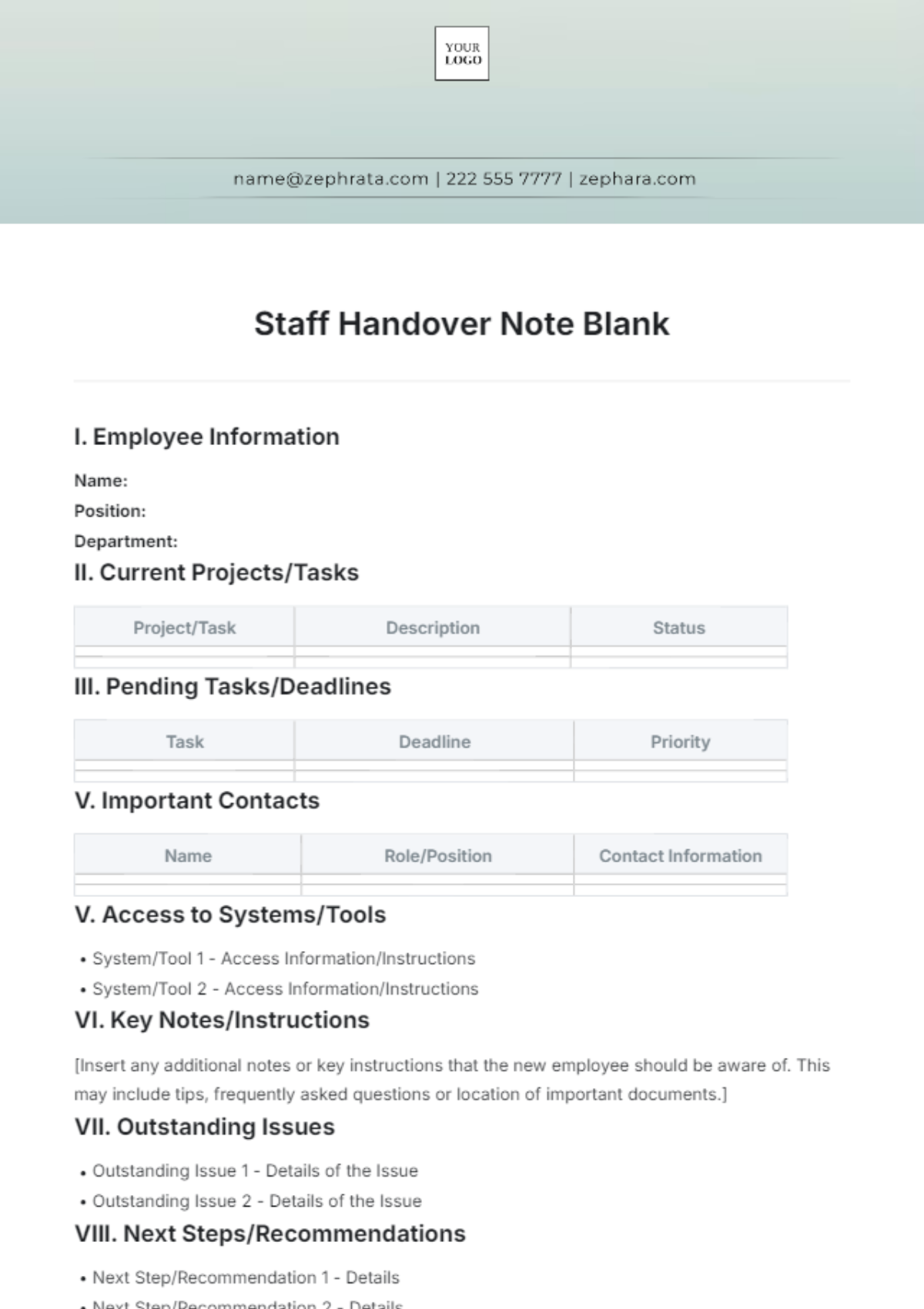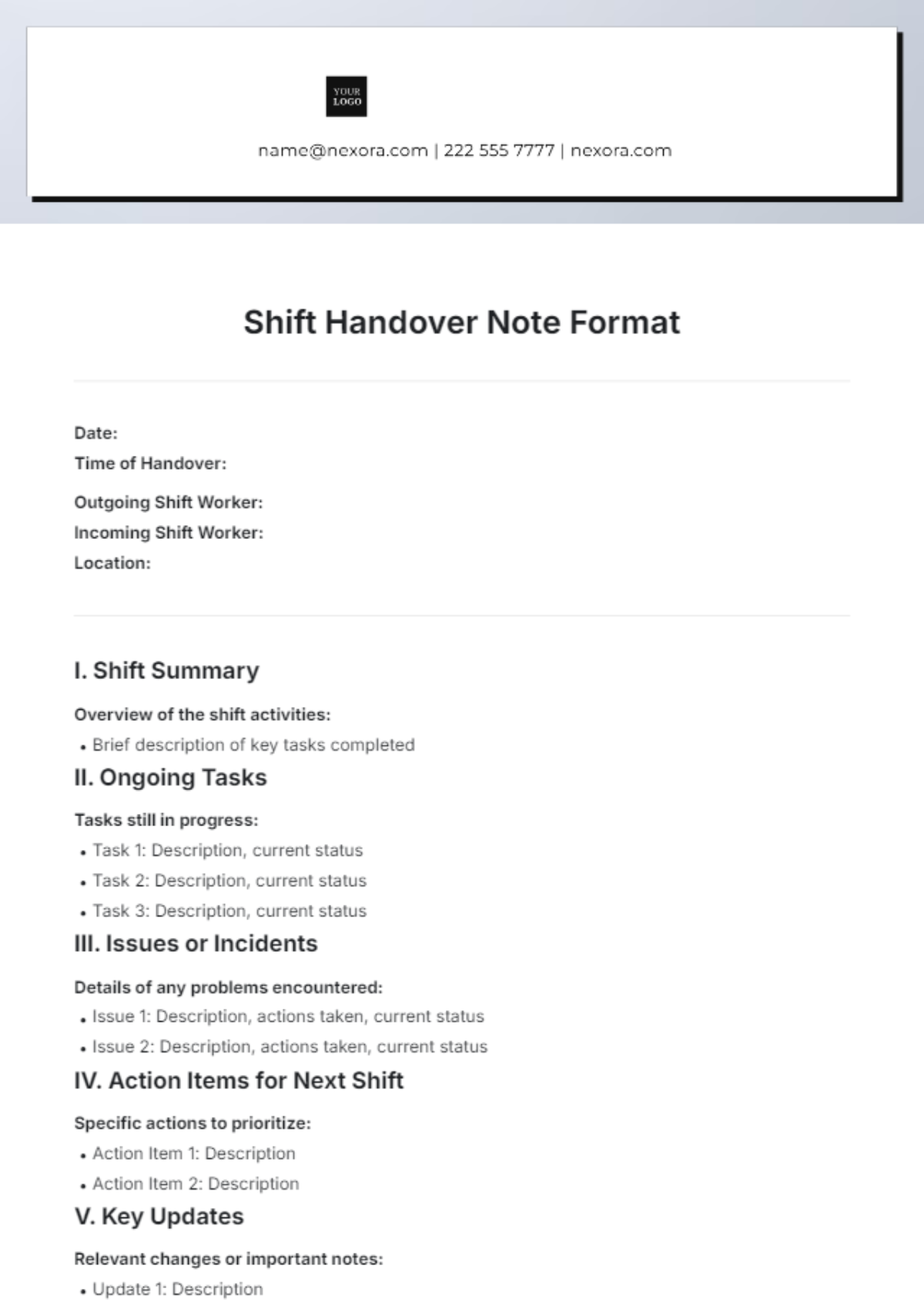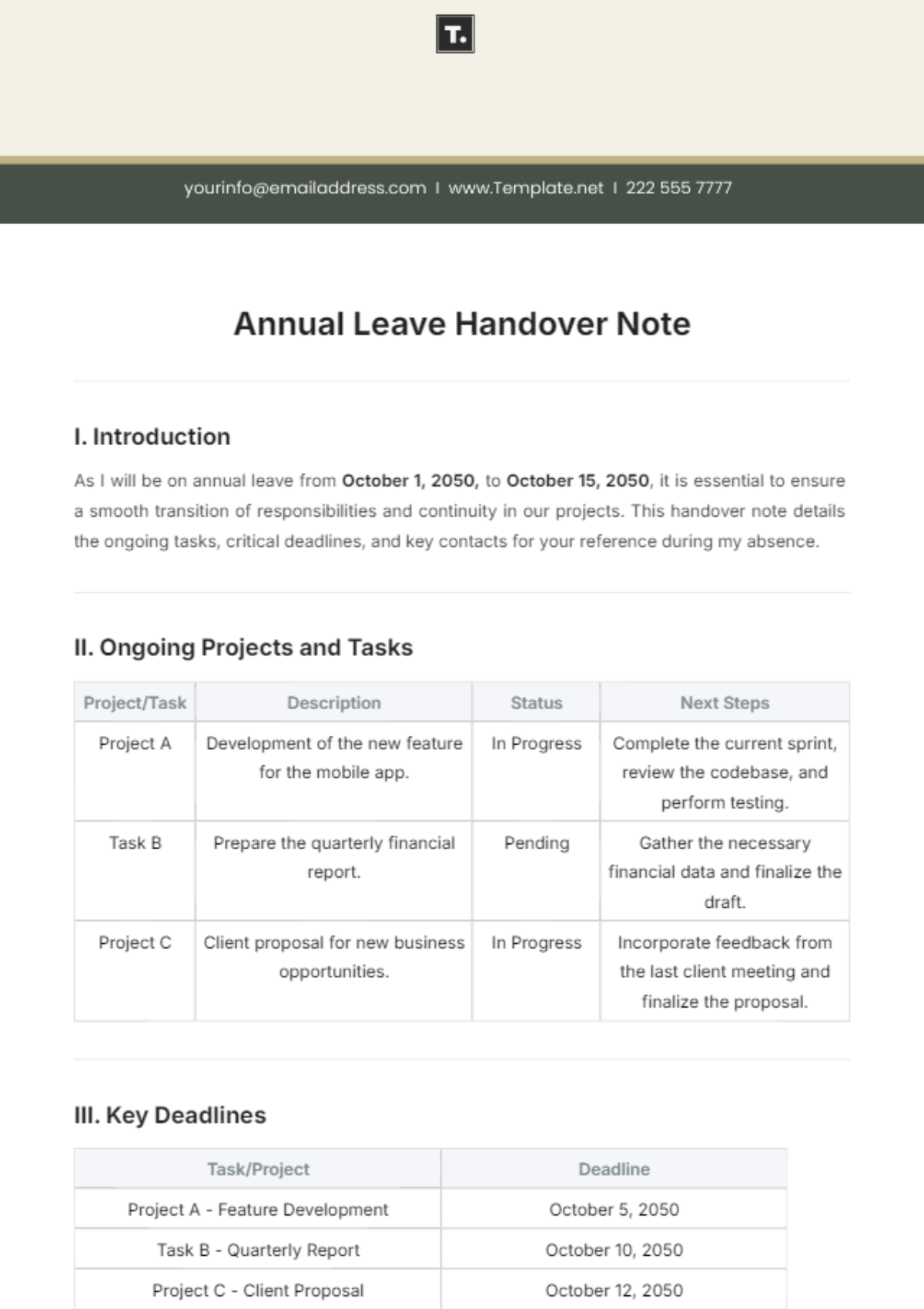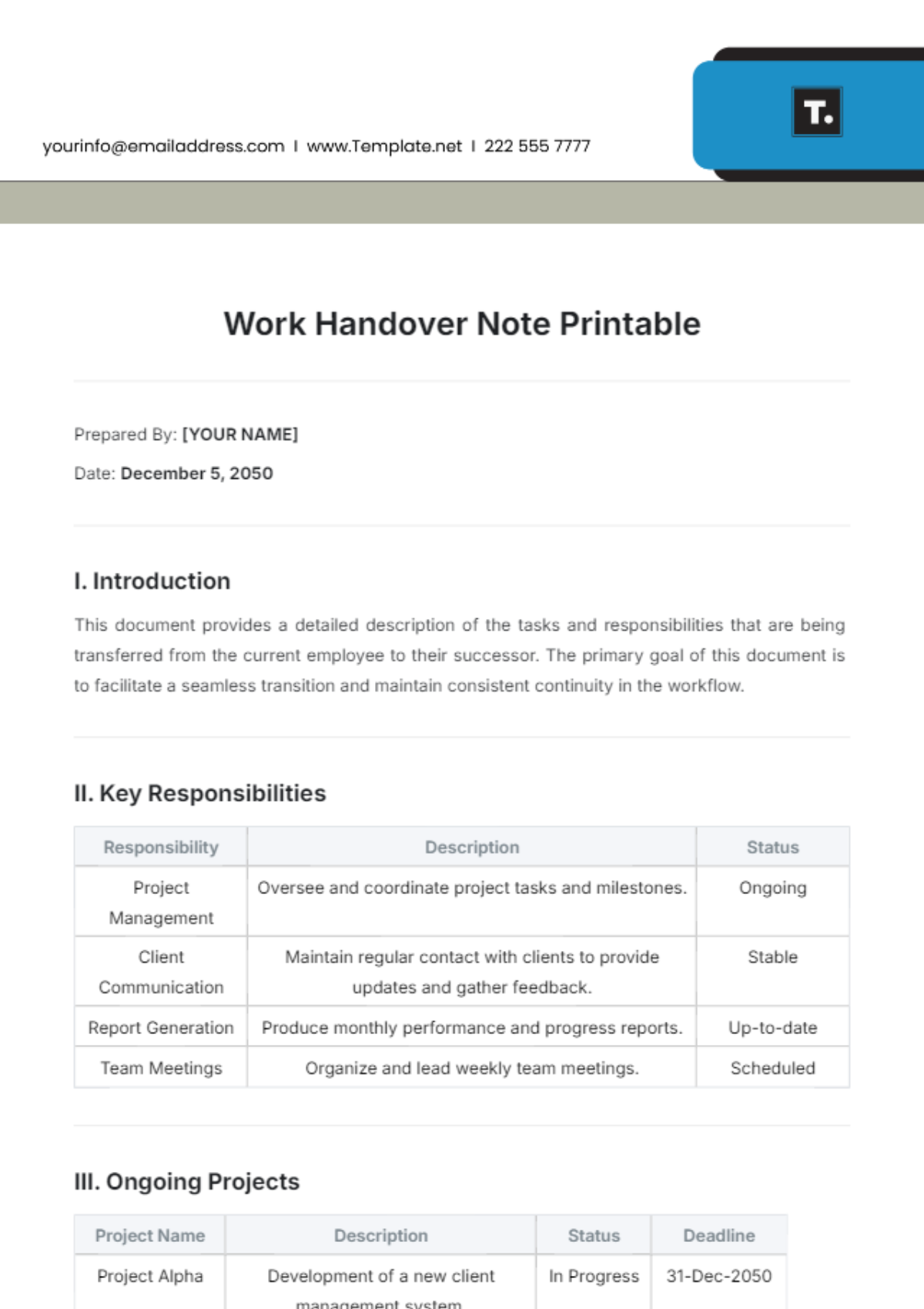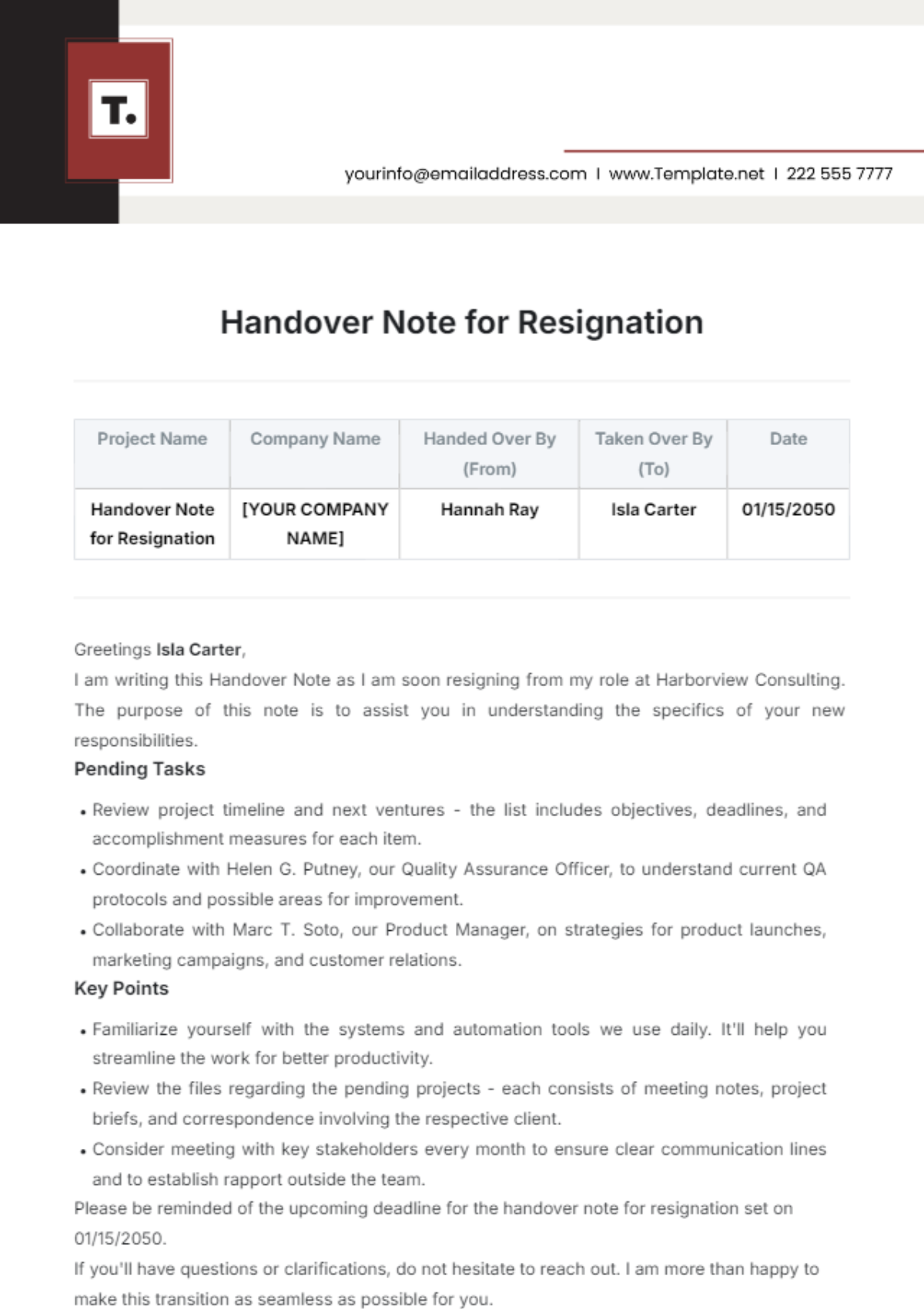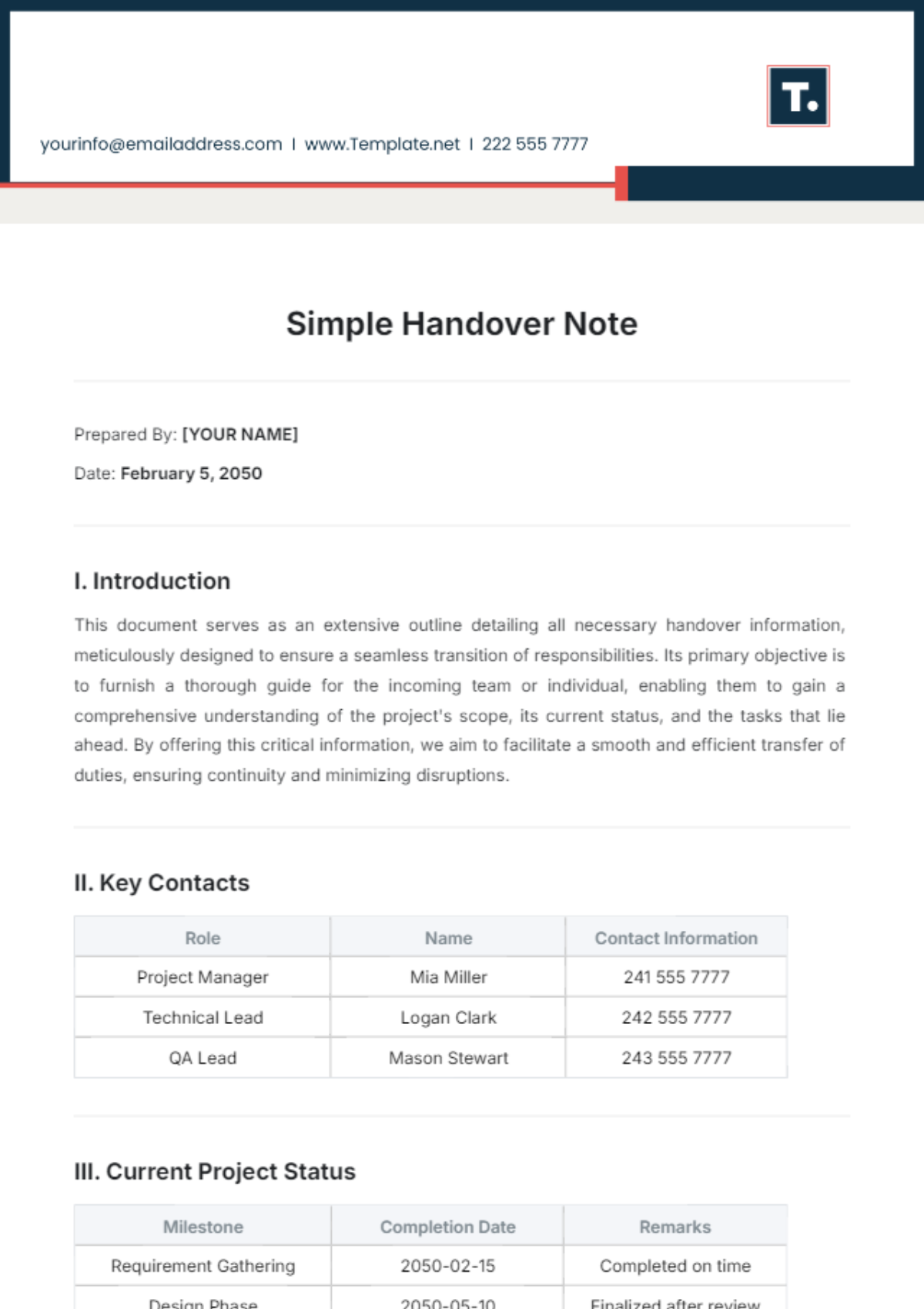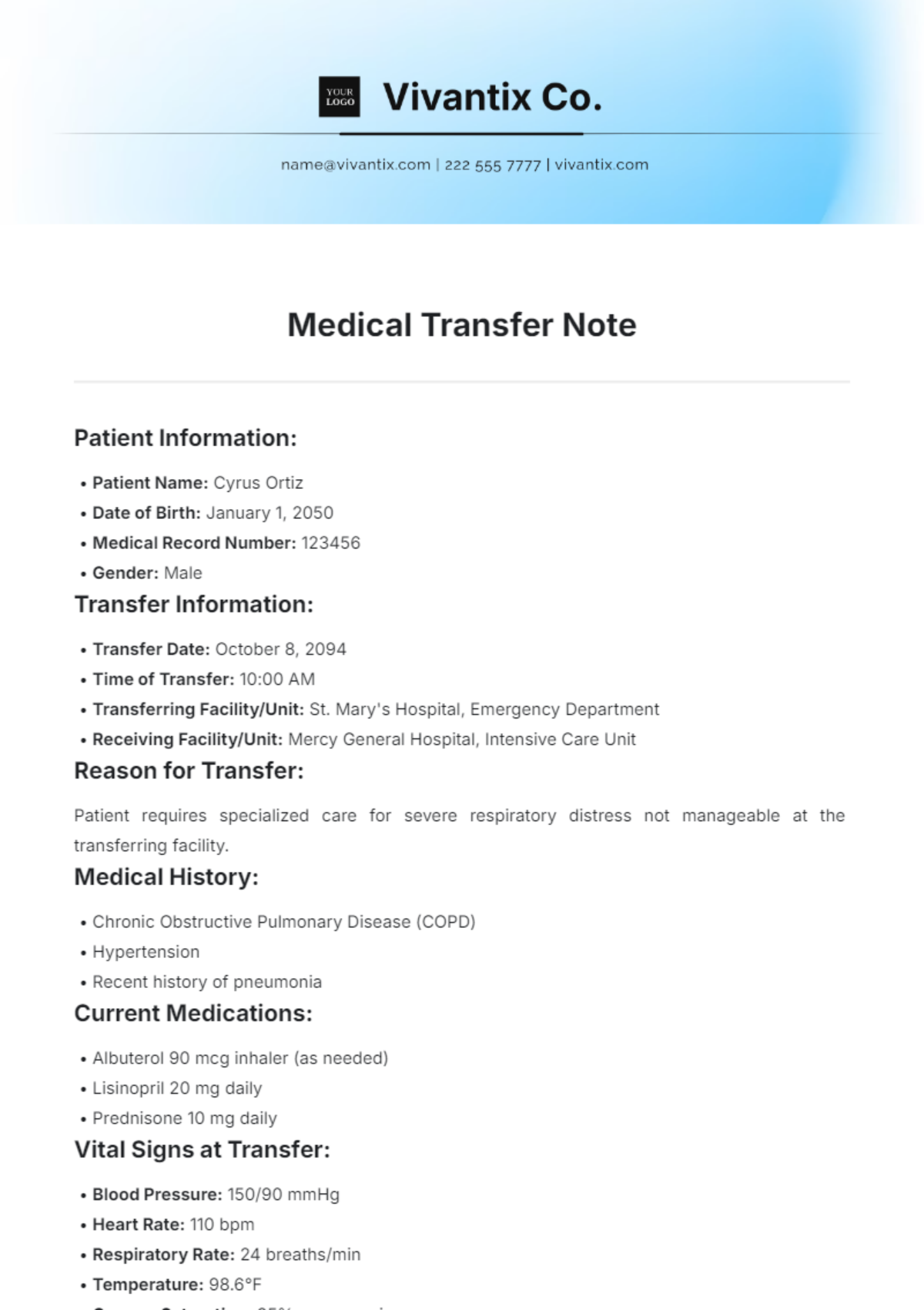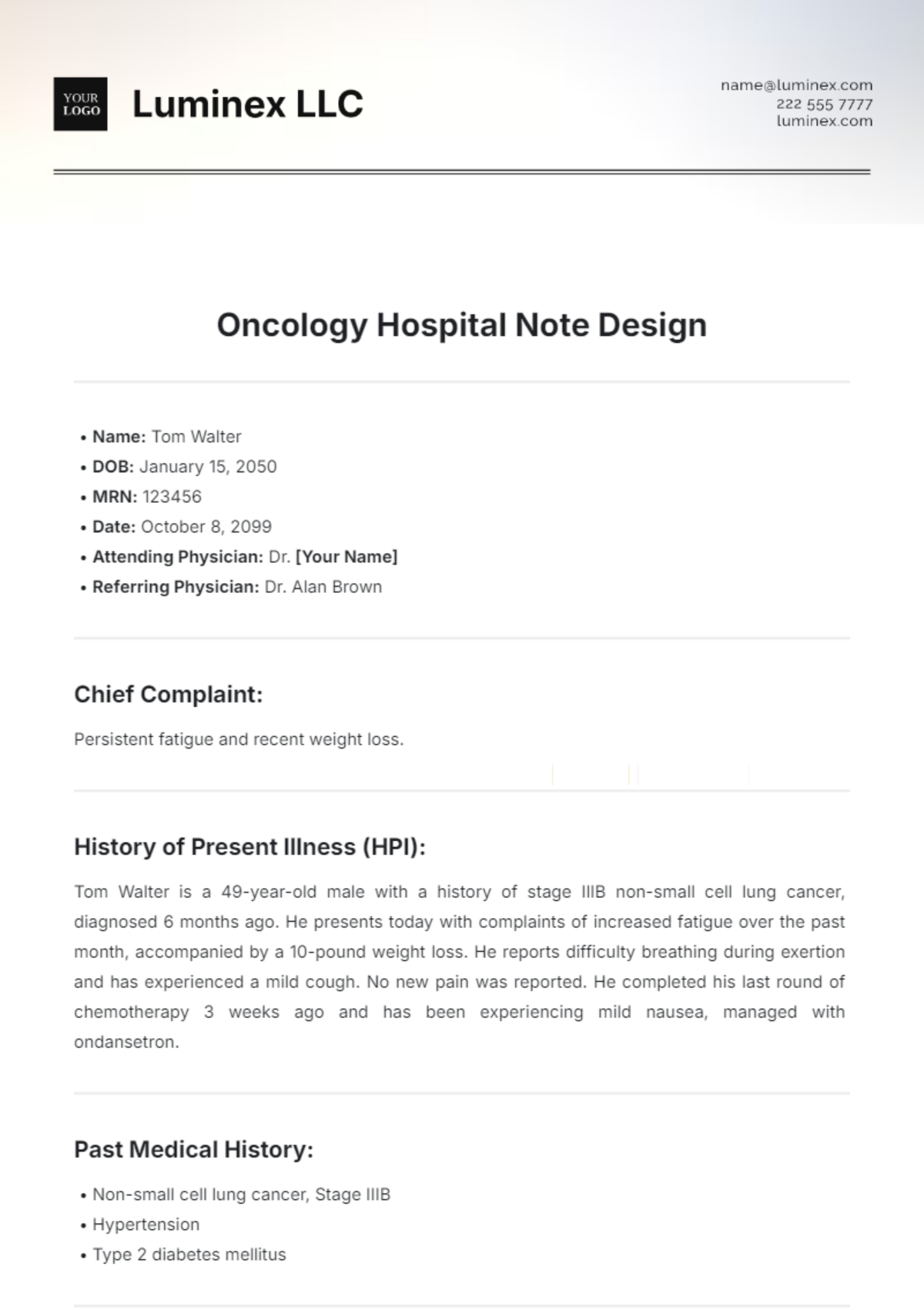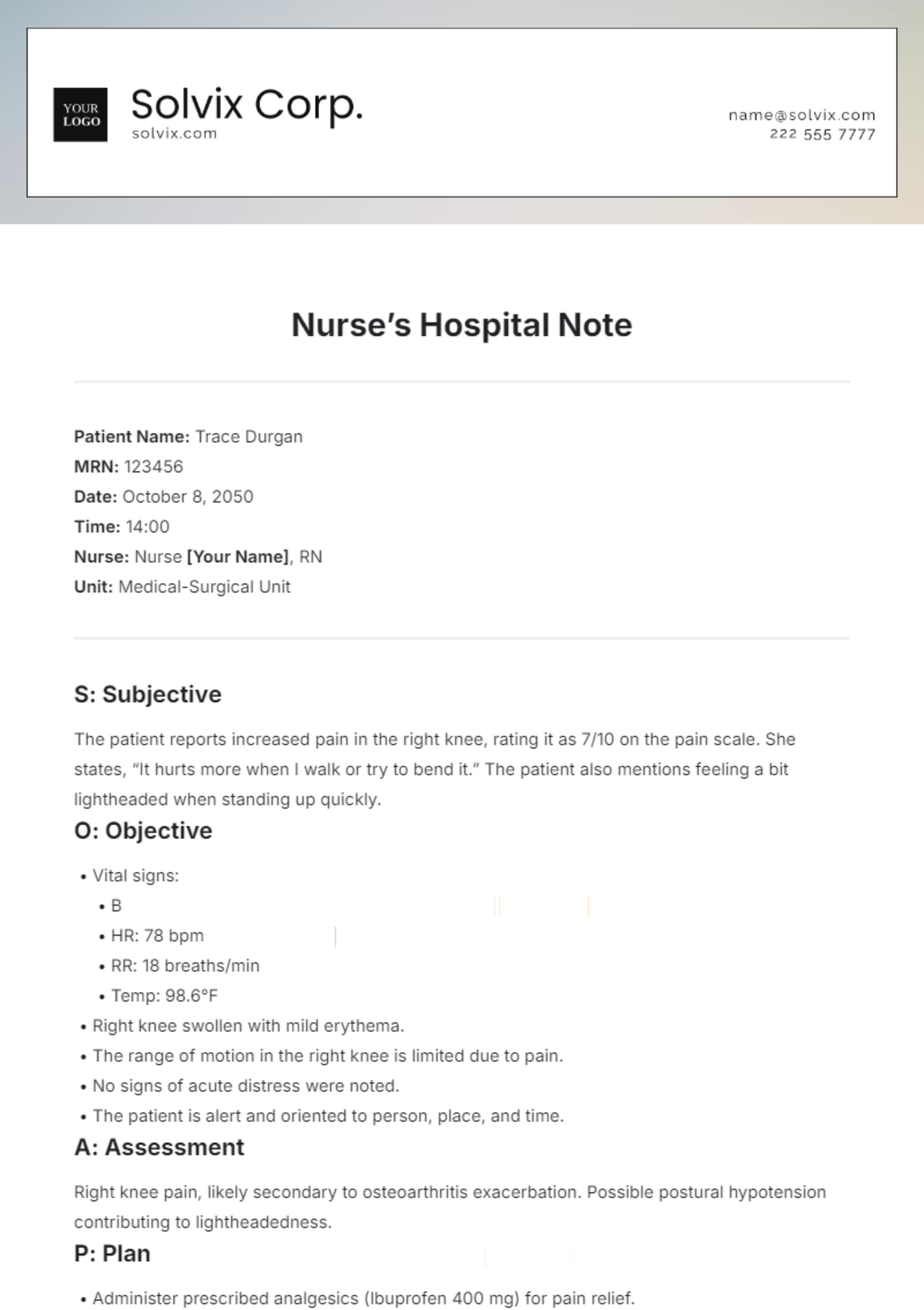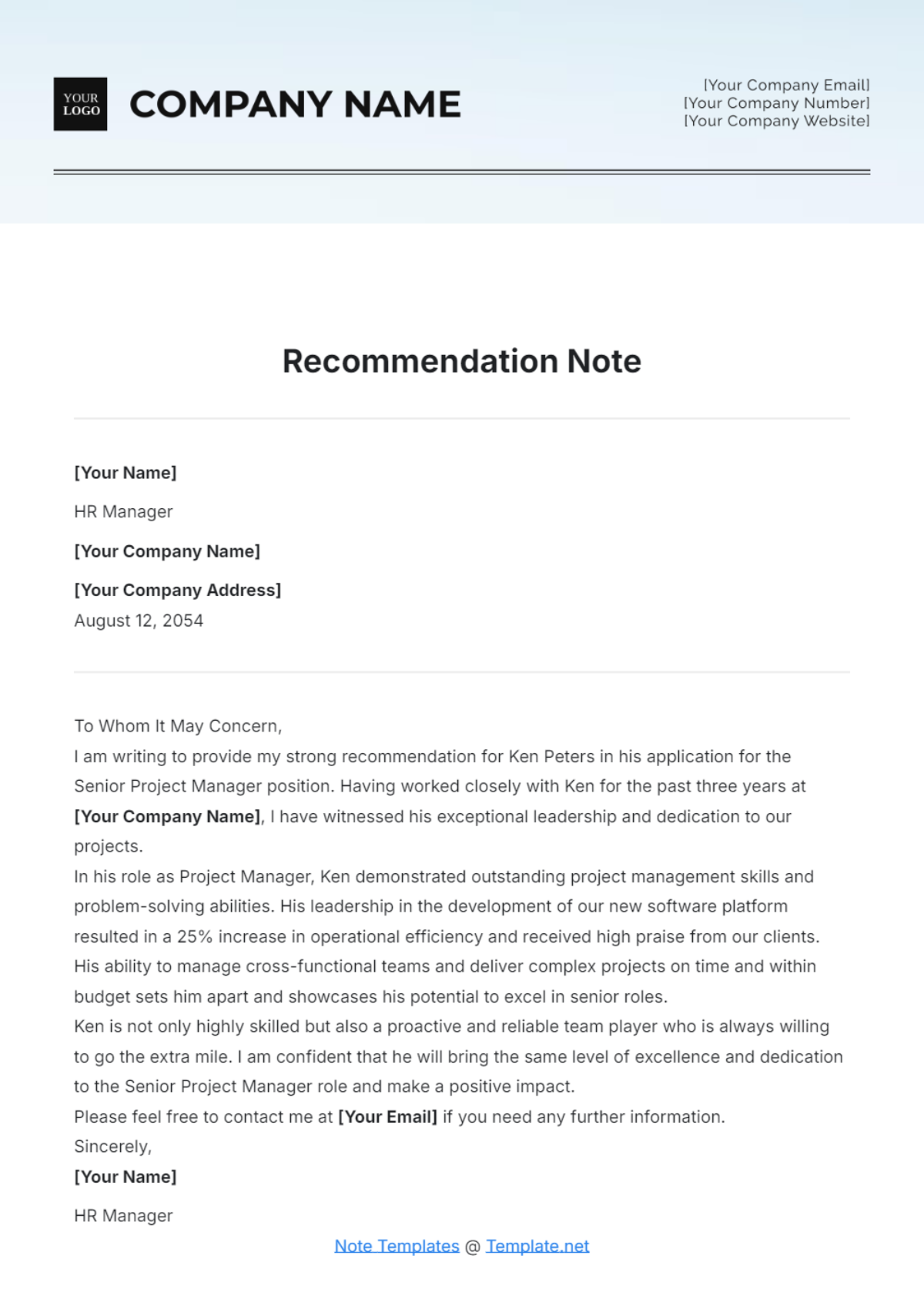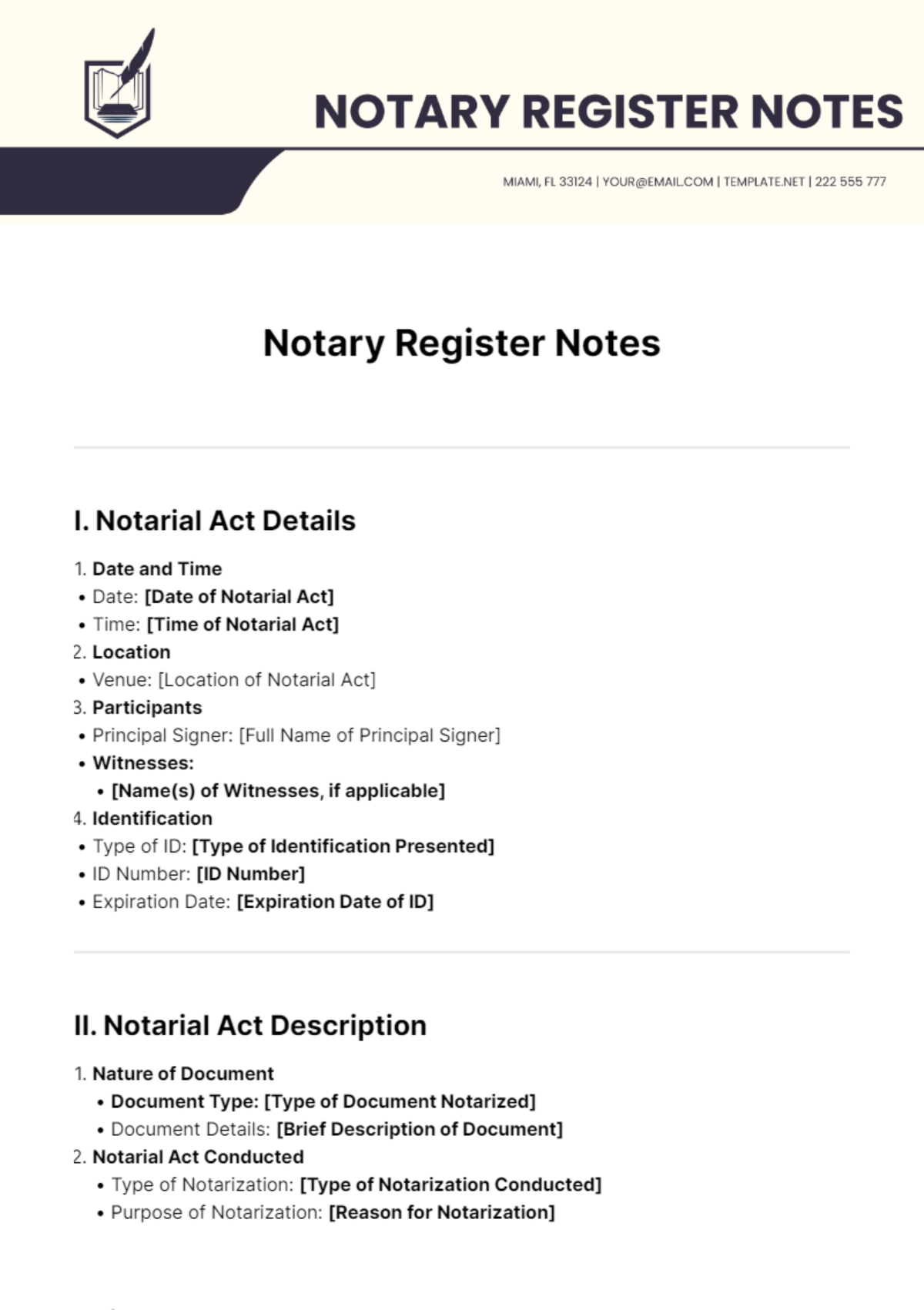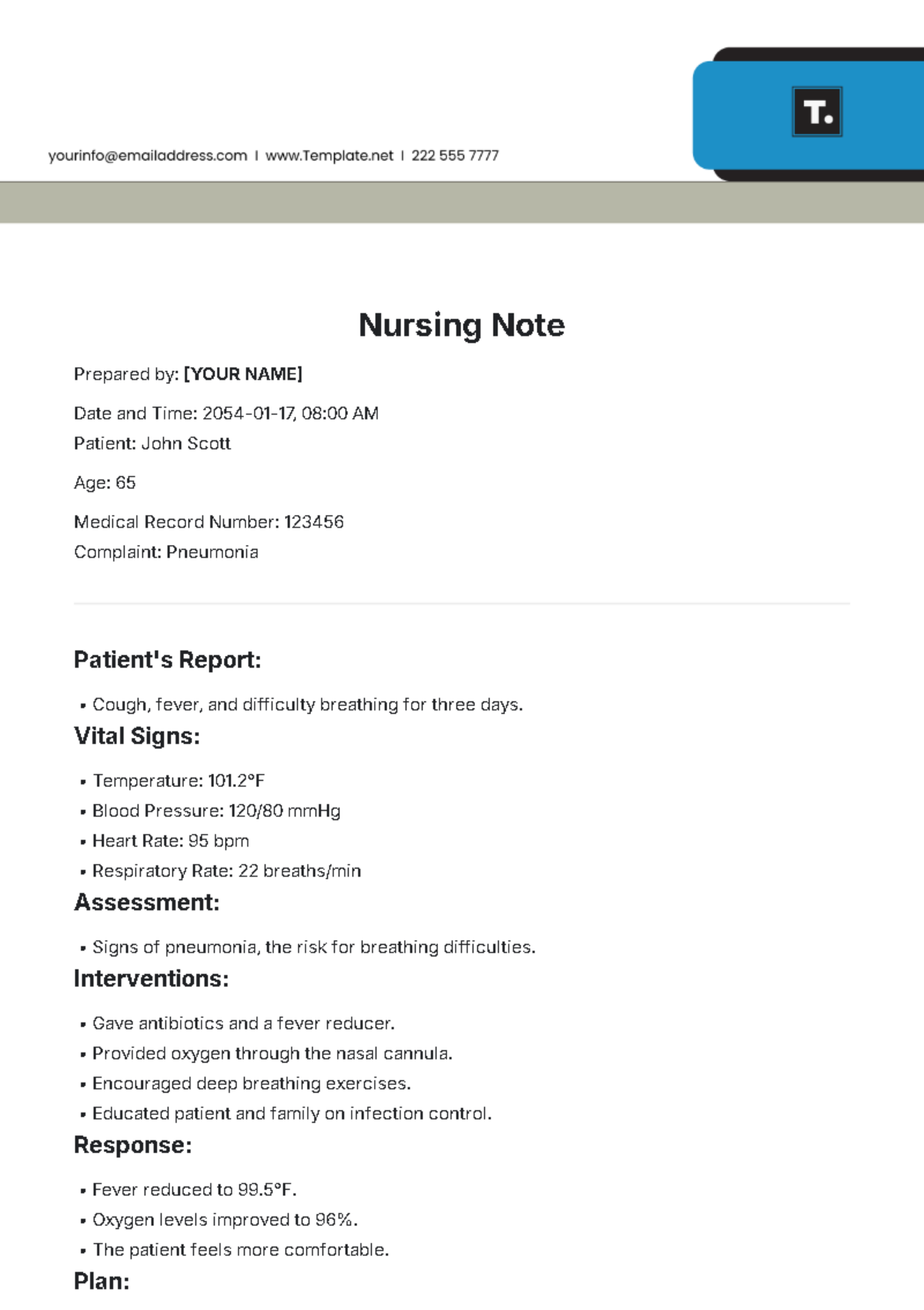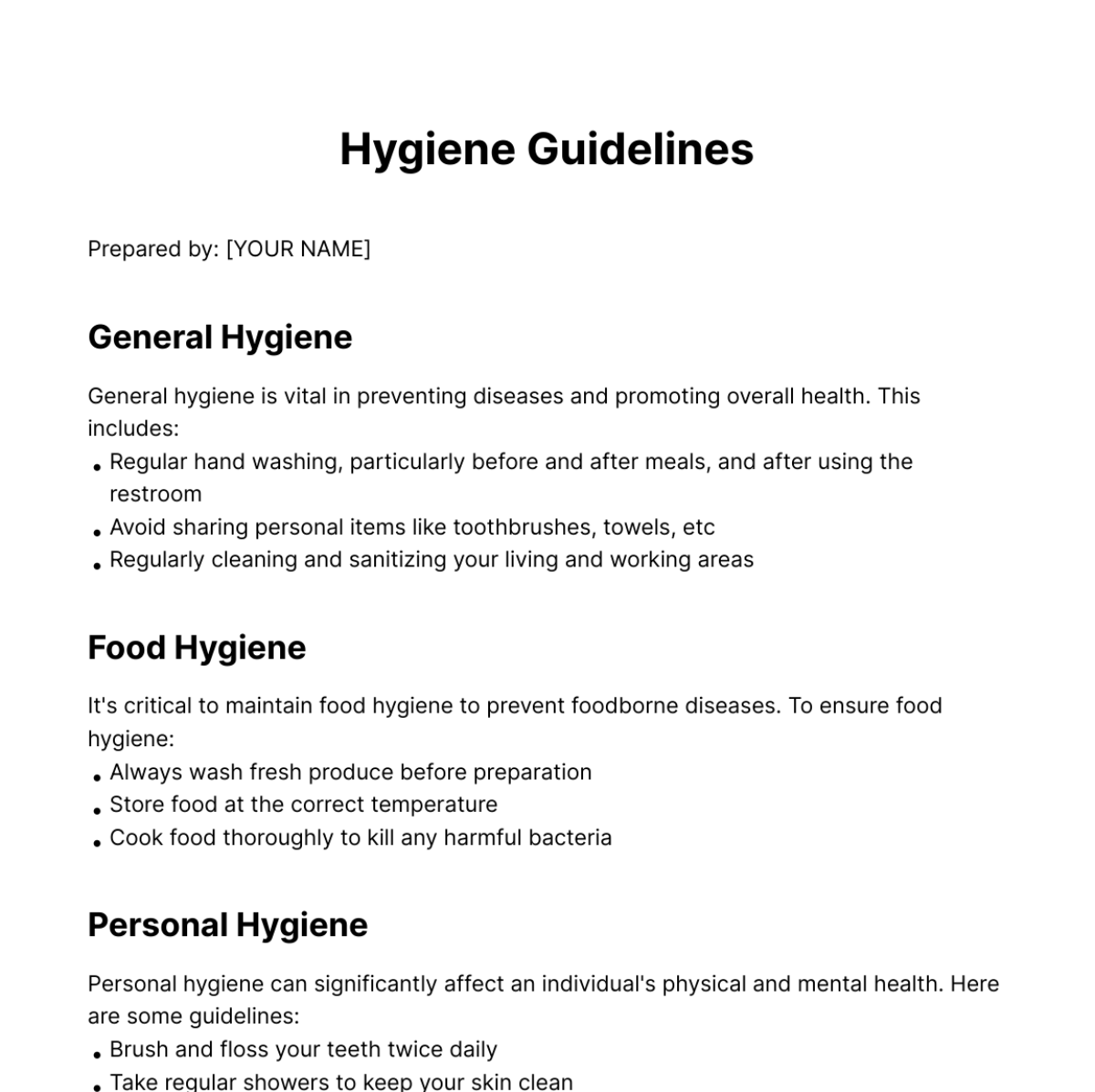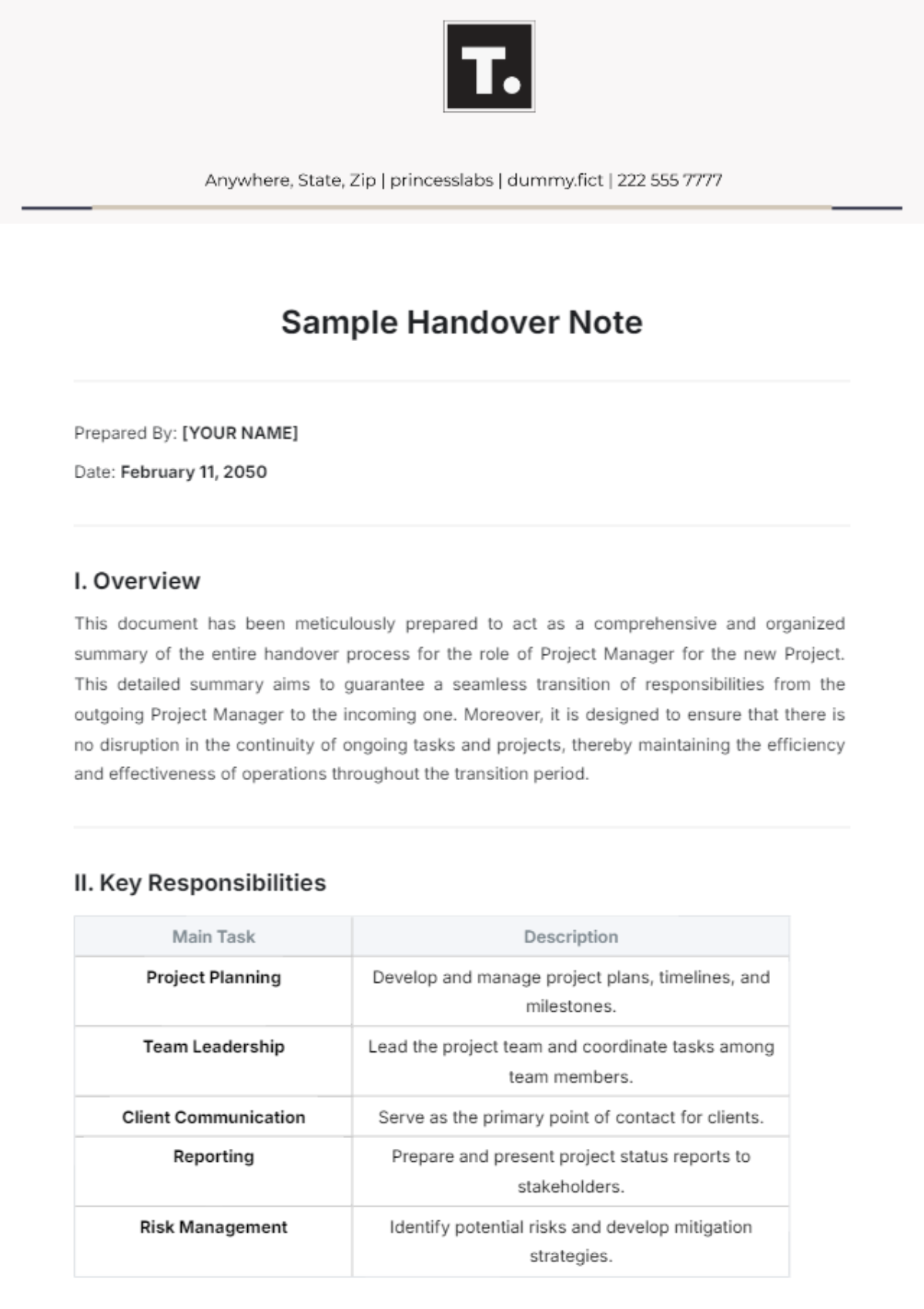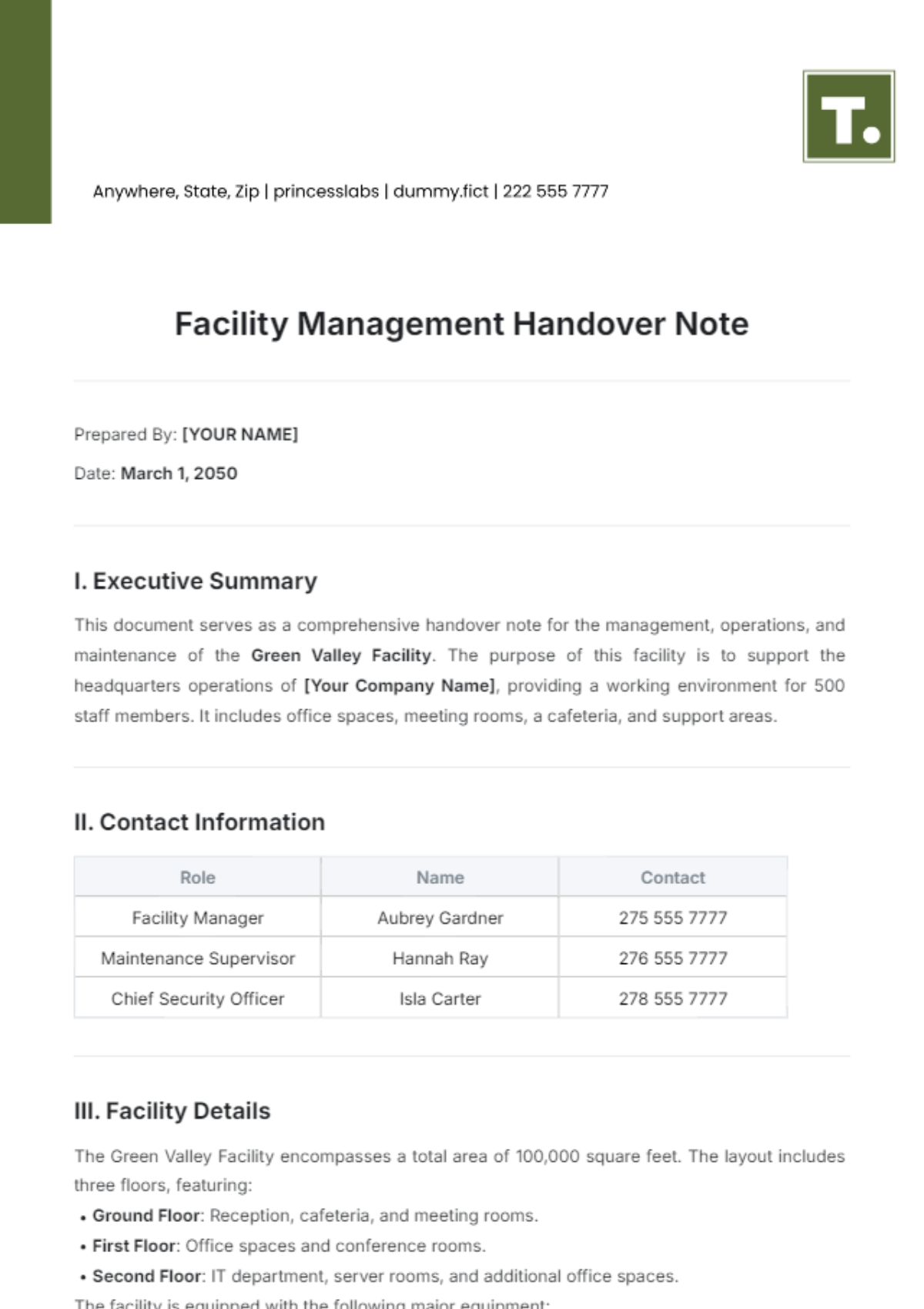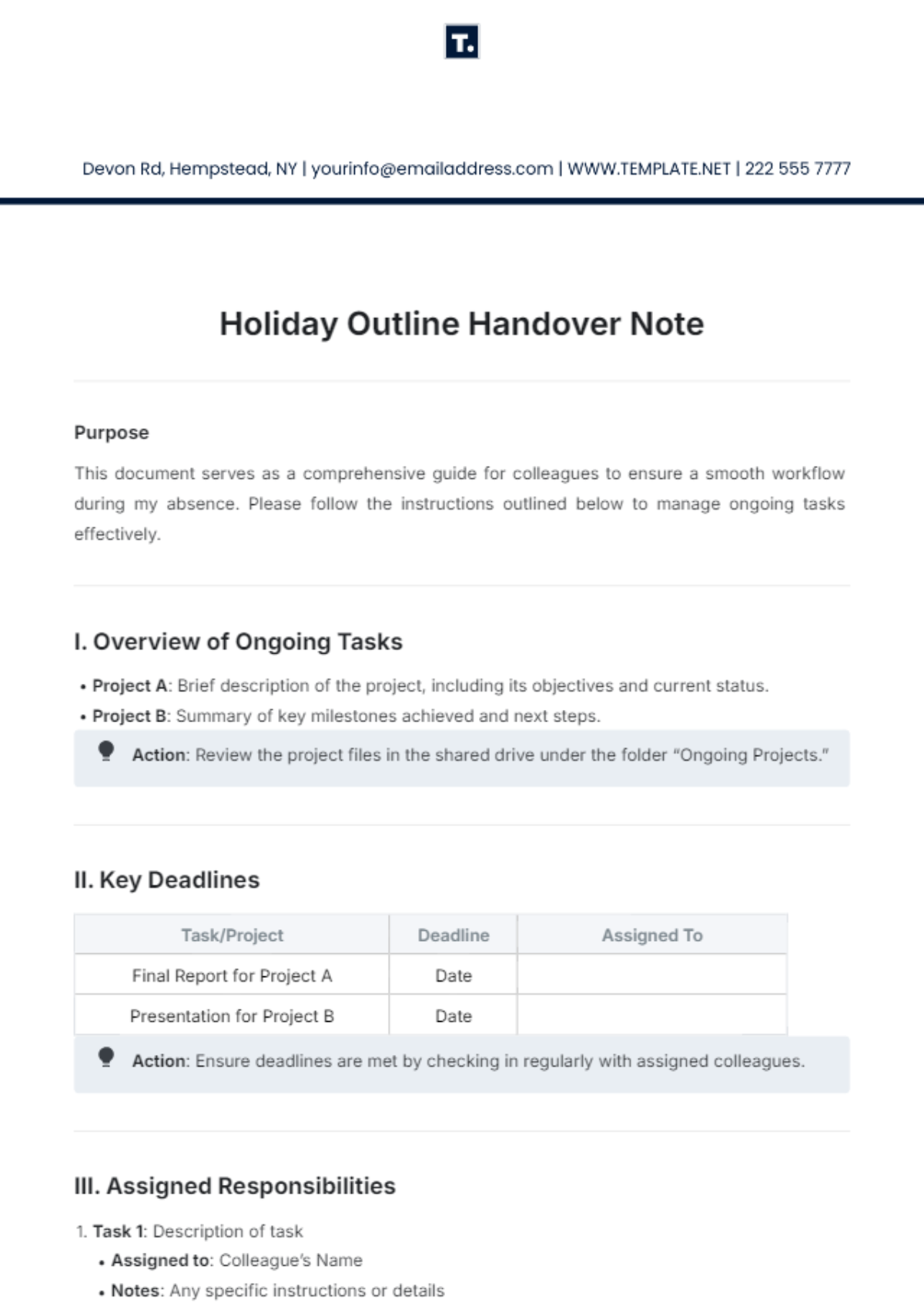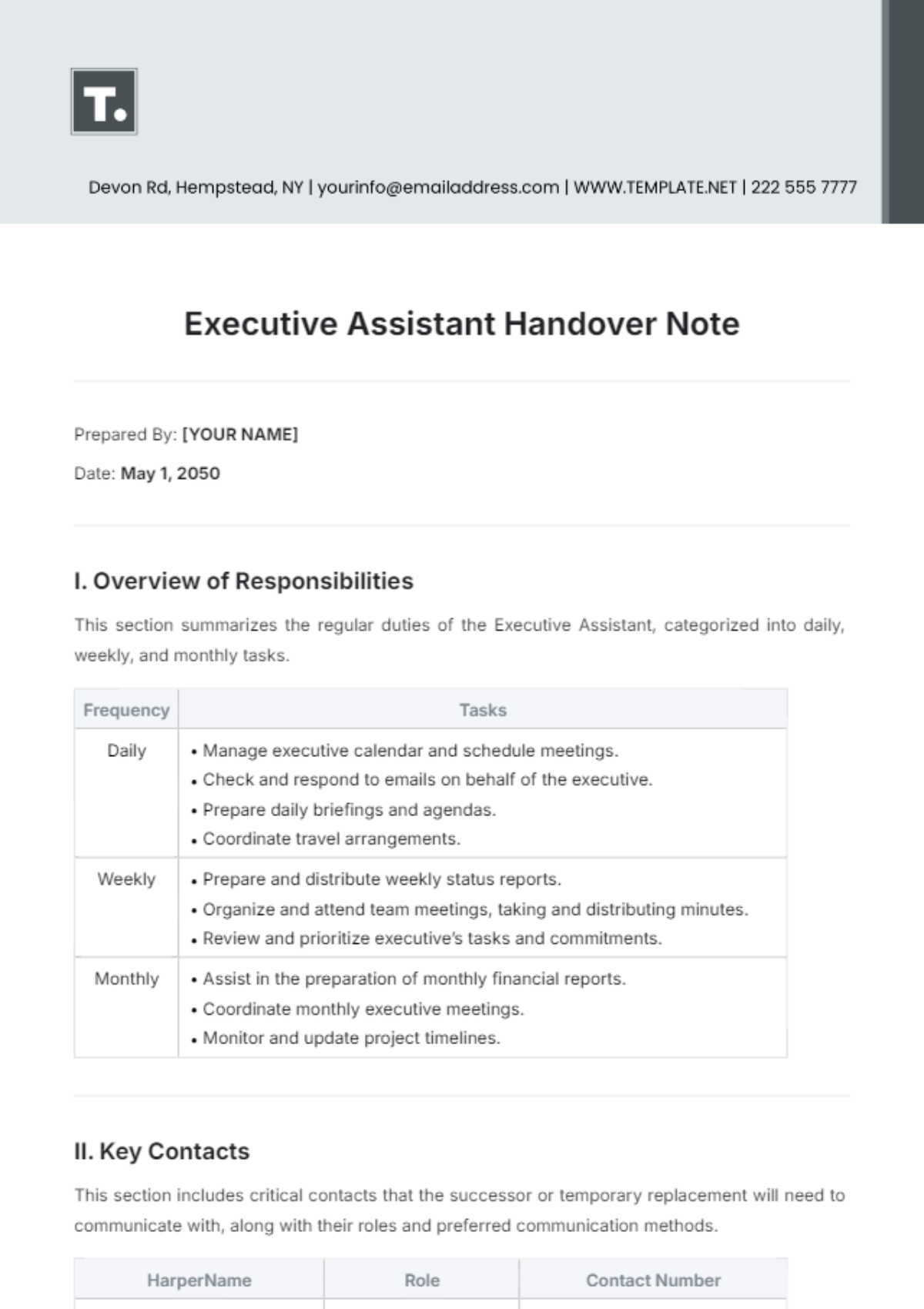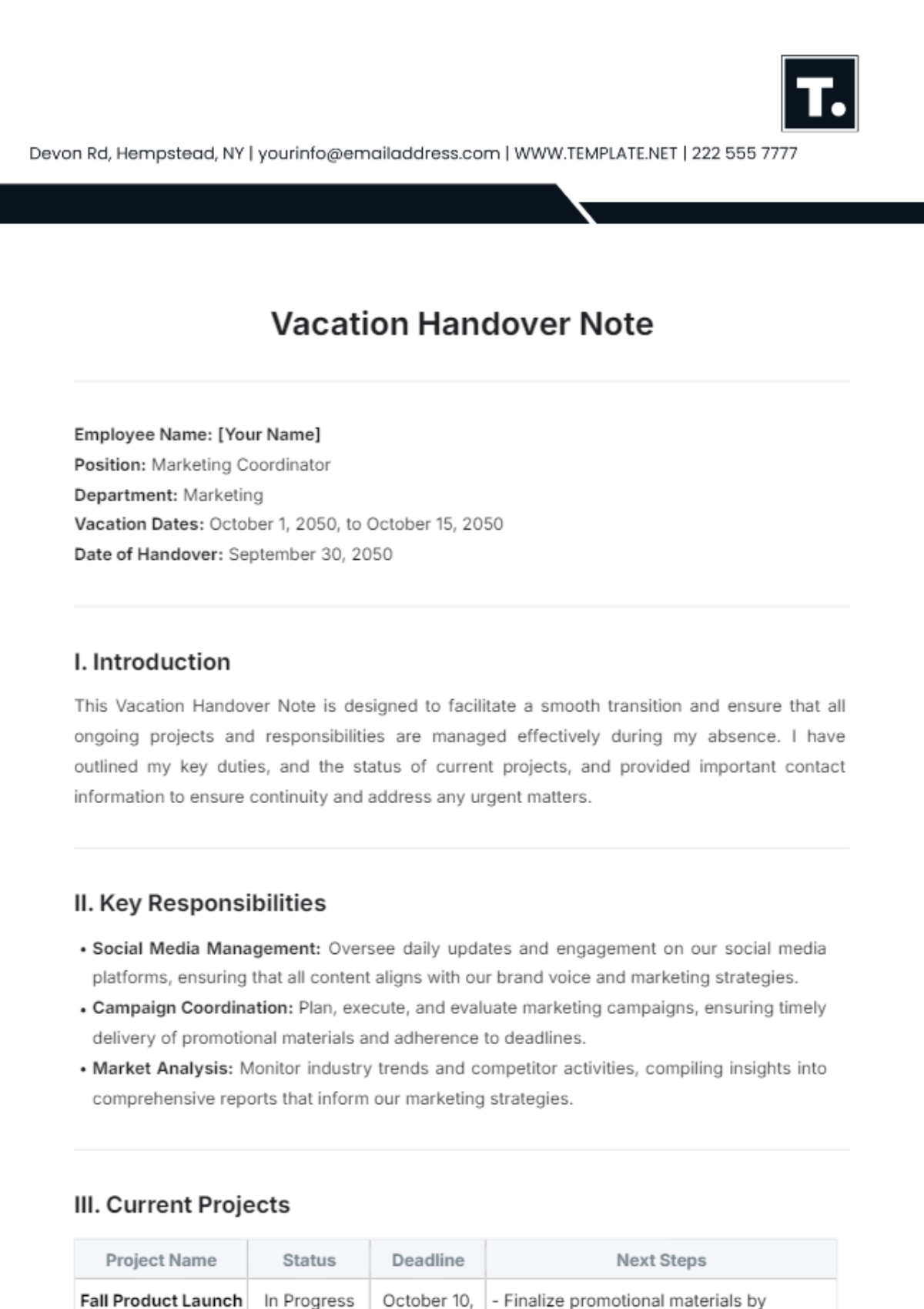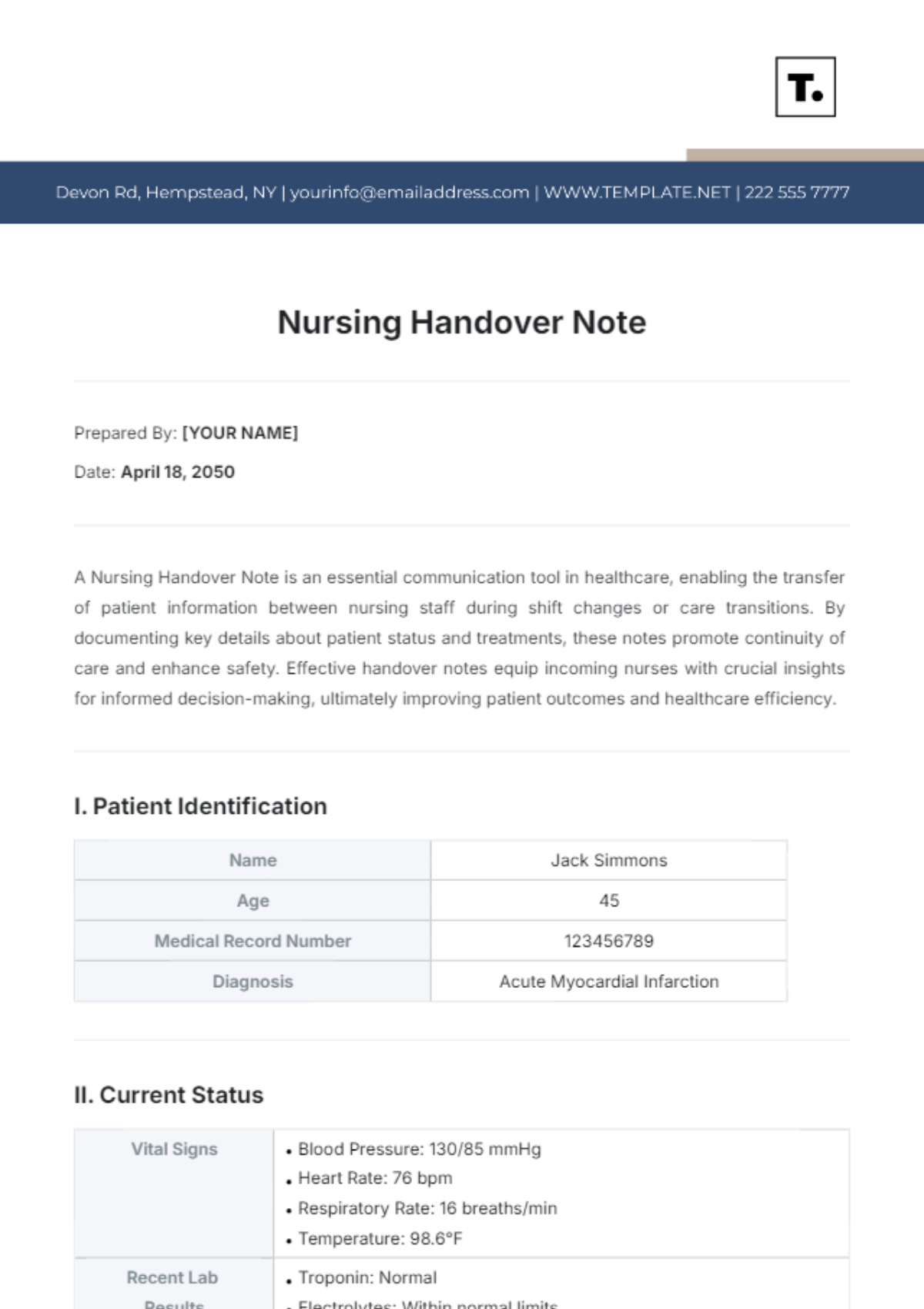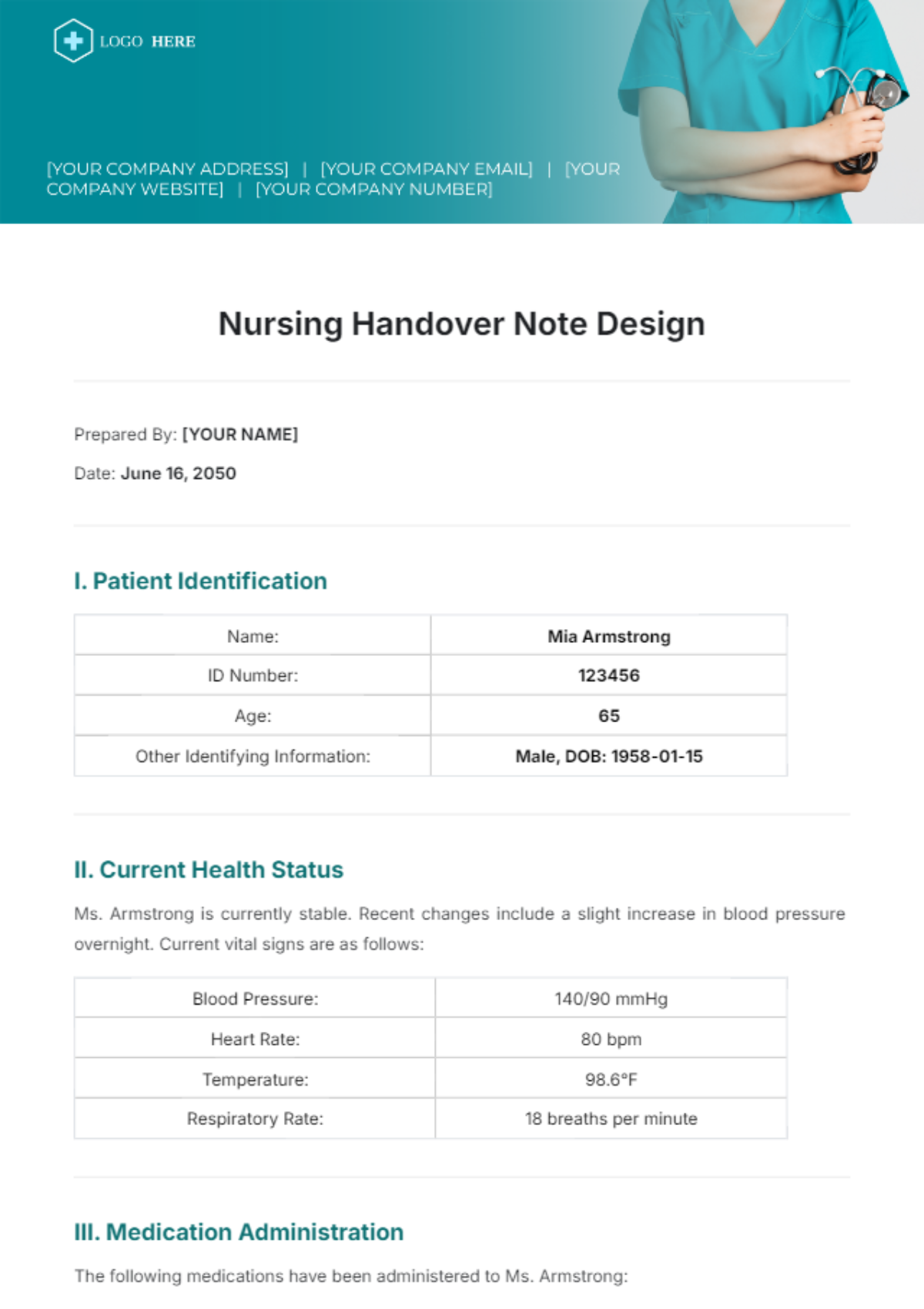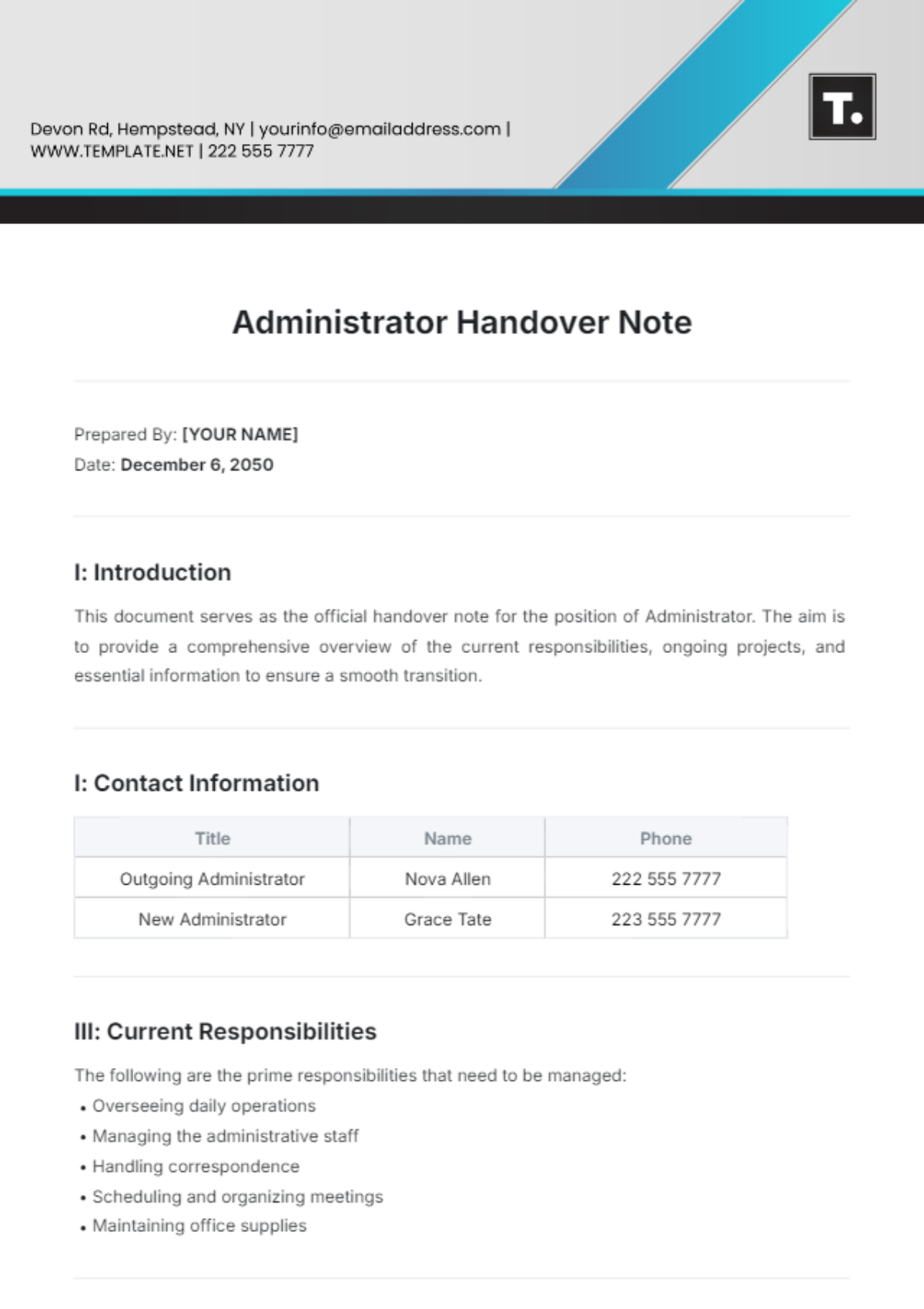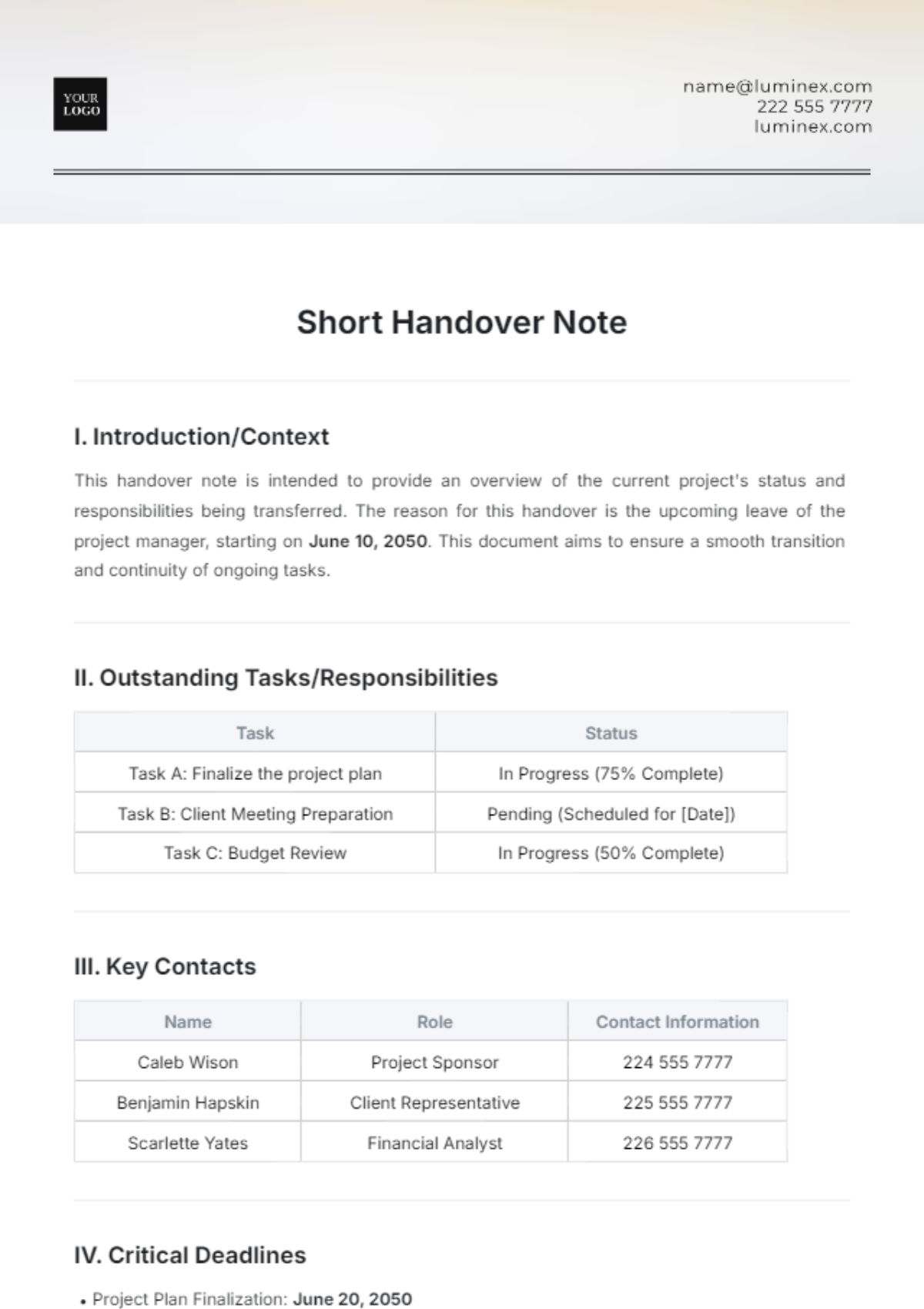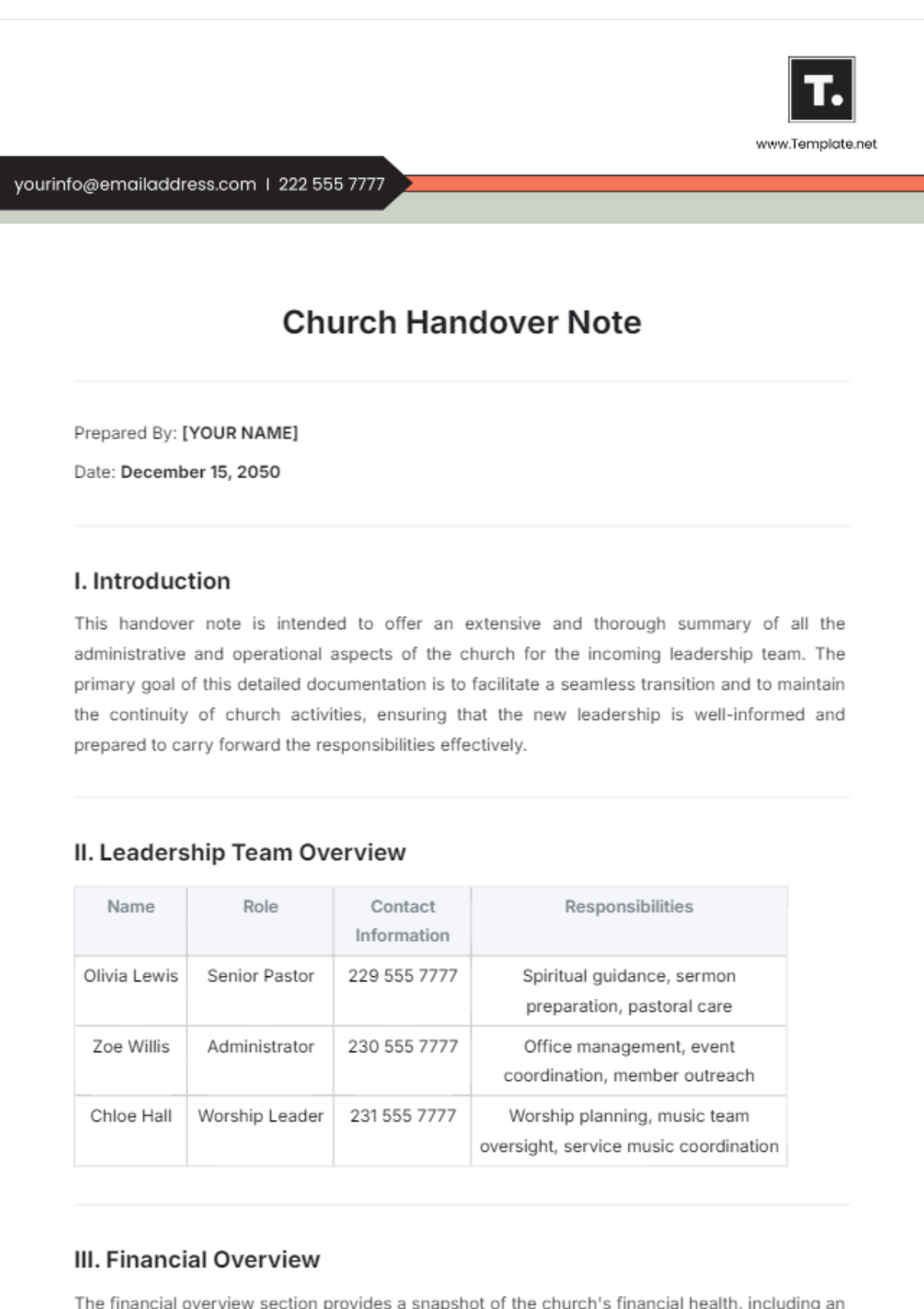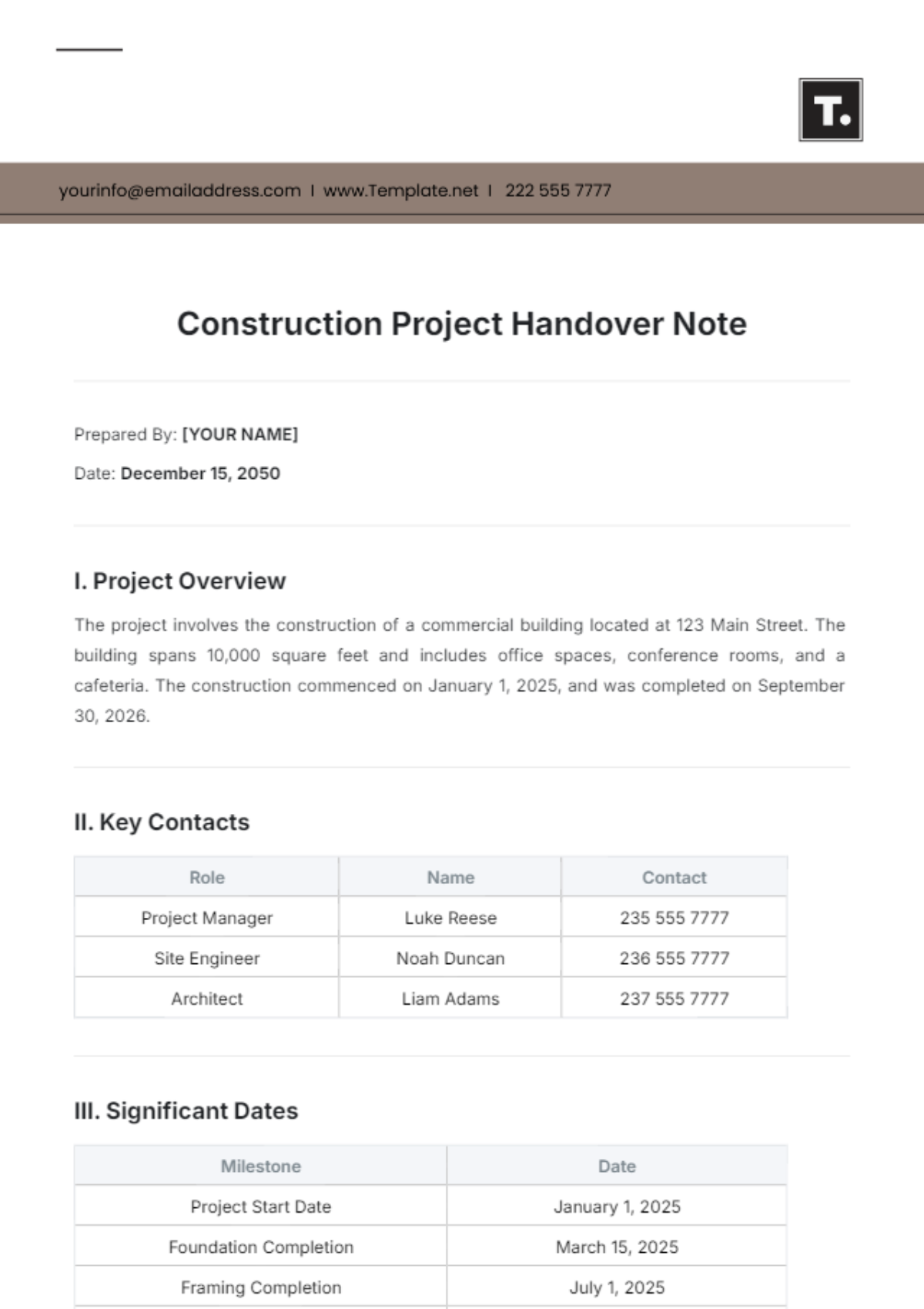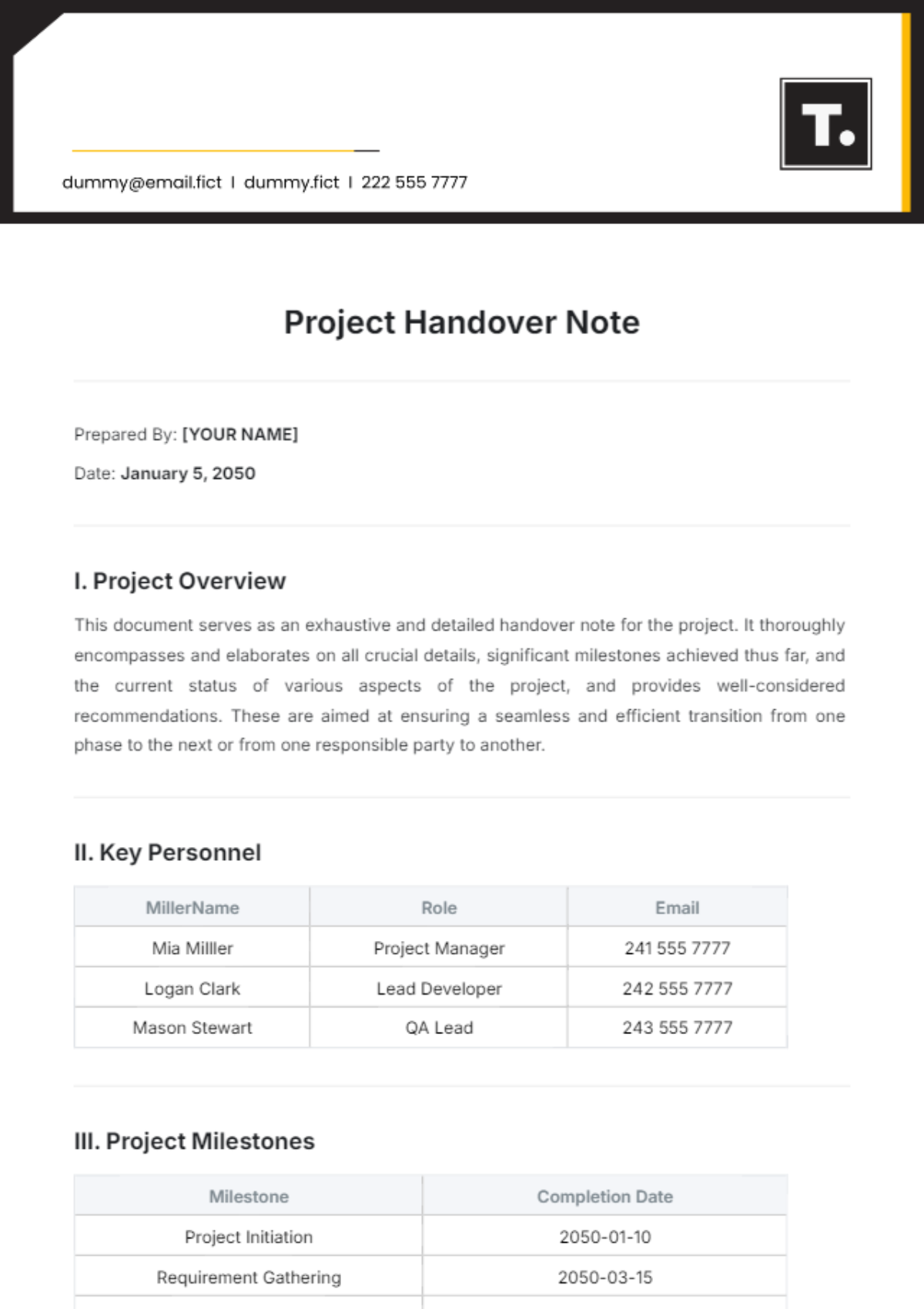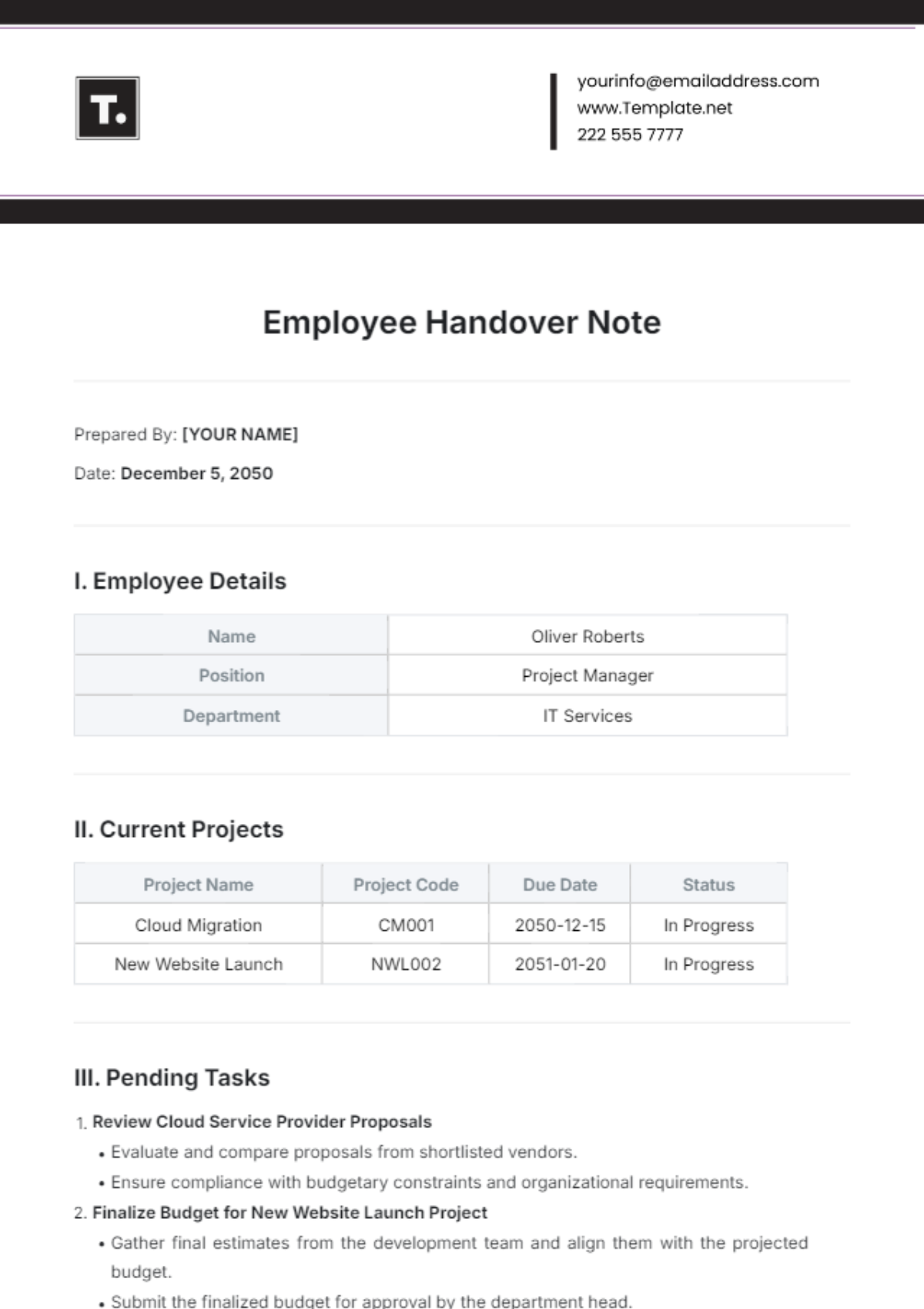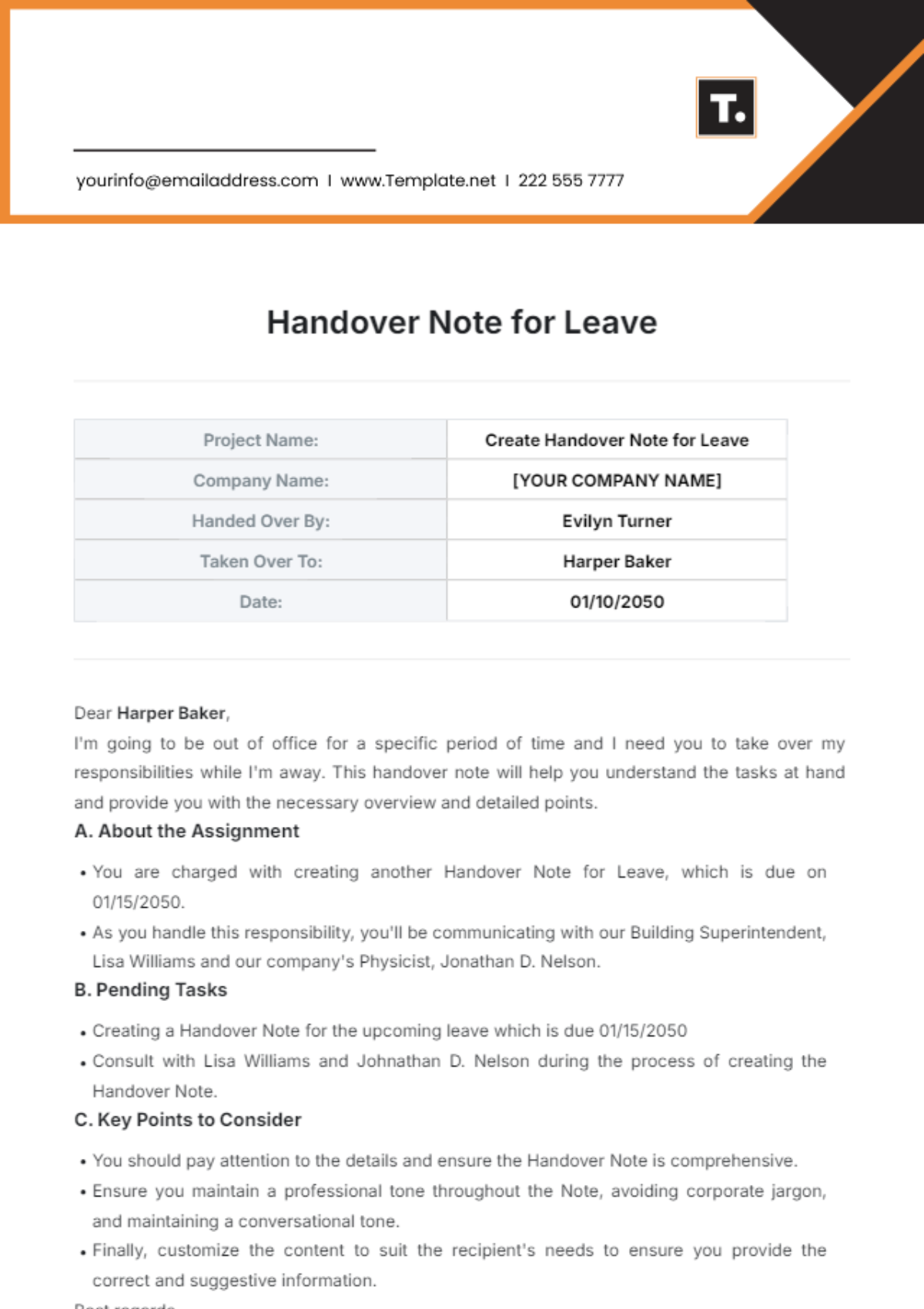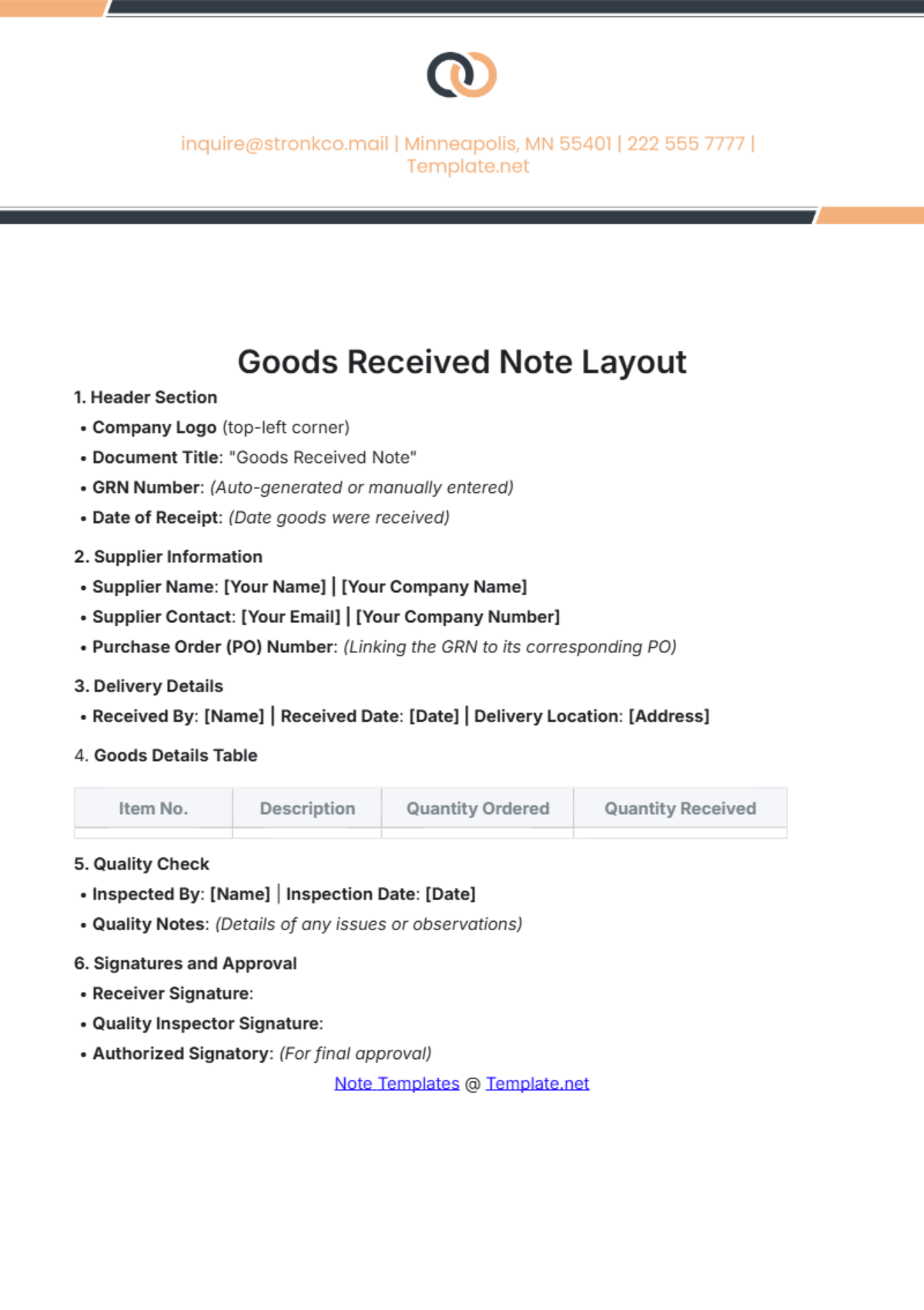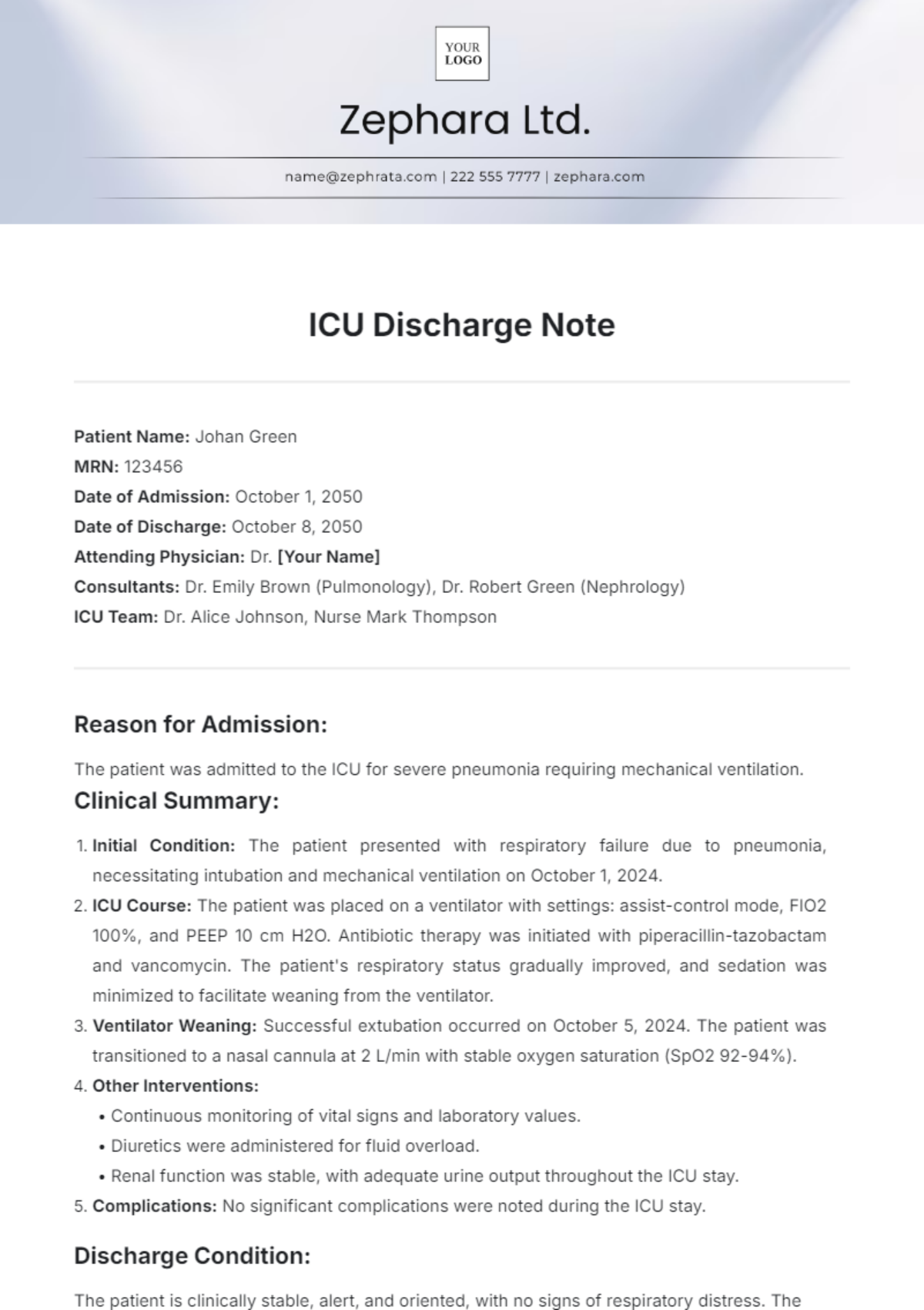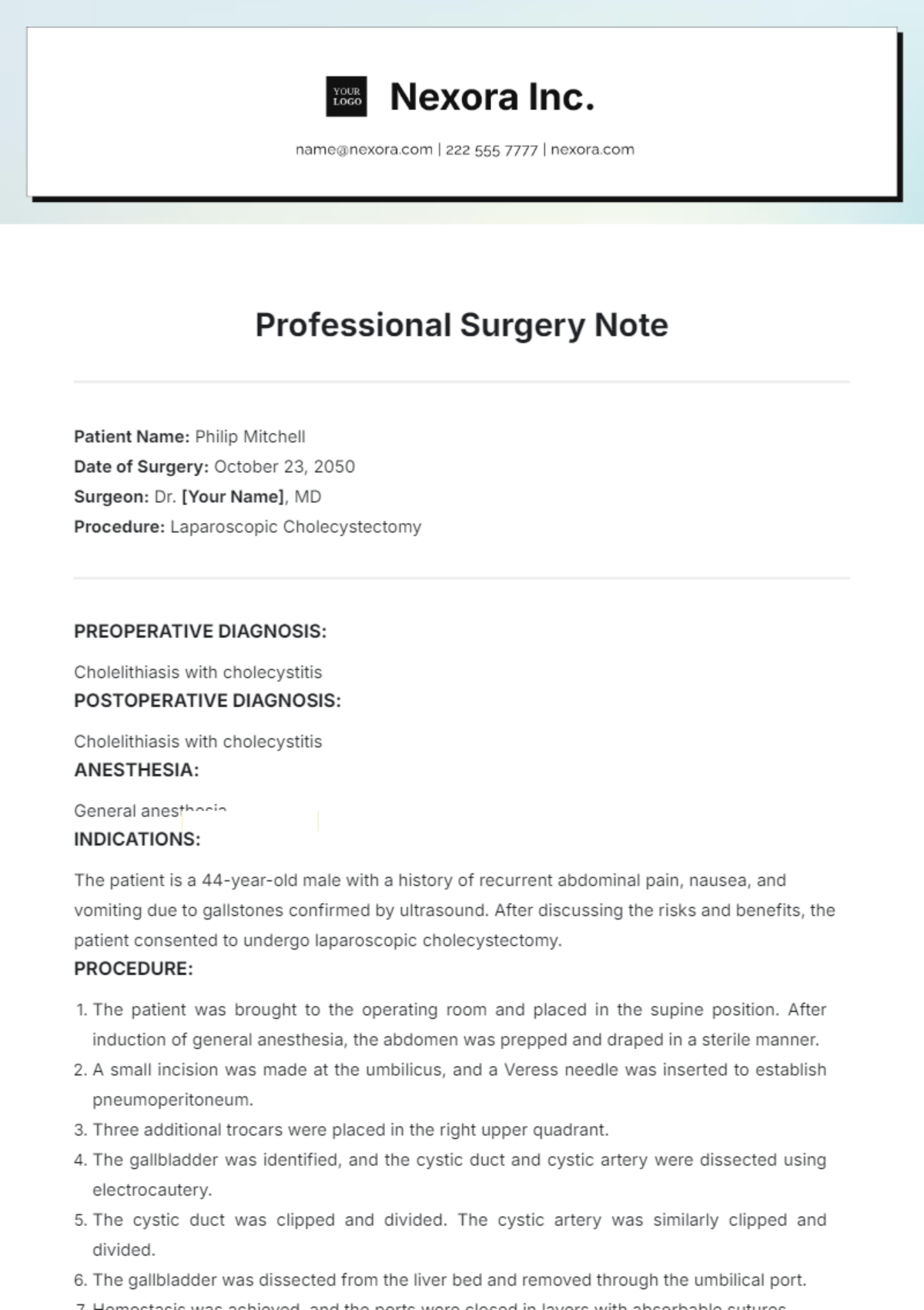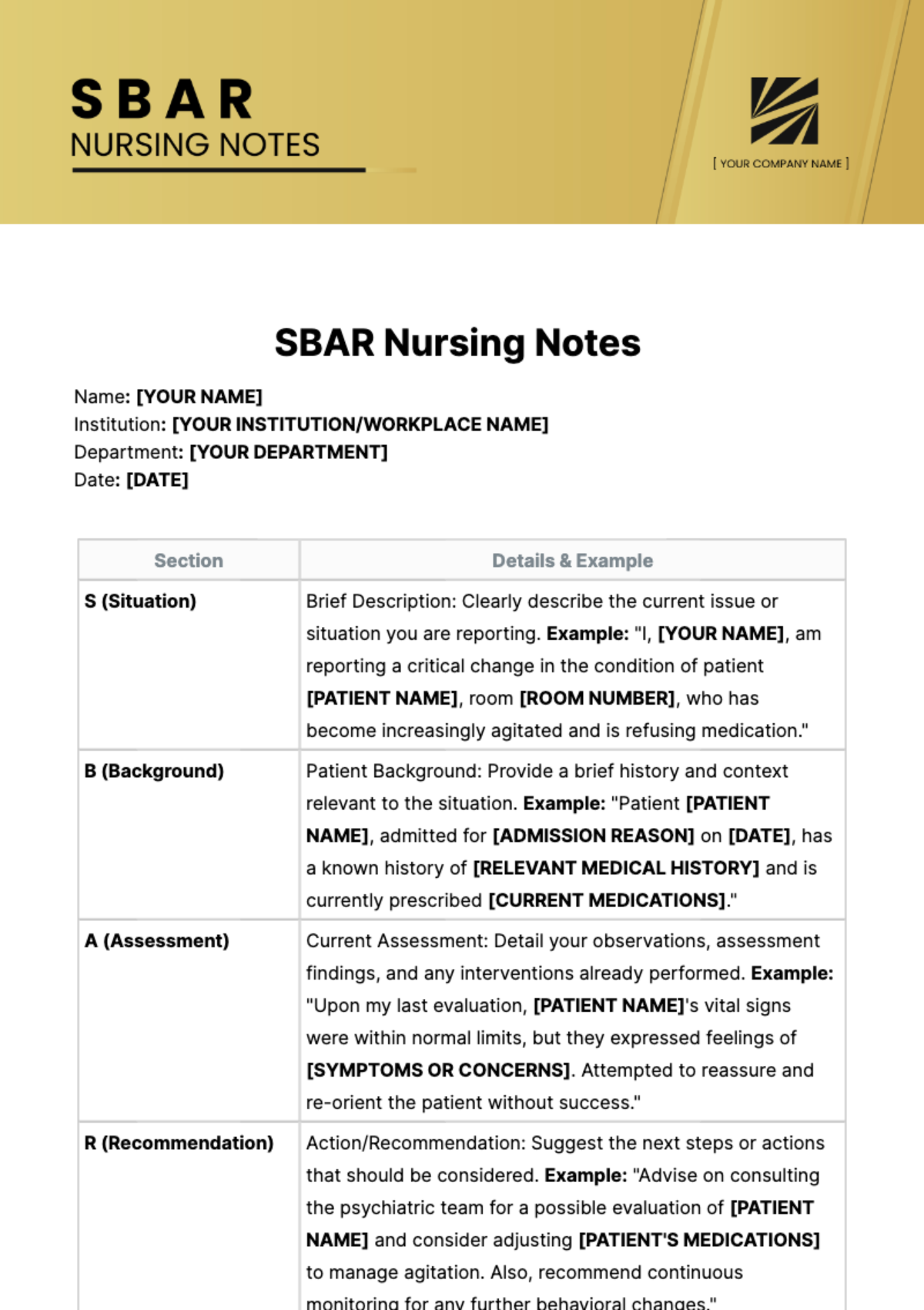Intubation Note
Prepared by: [YOUR NAME]
Patient's Personal Information
Full Name: Jackson Hayes
Date of Birth: January 15, 2050
Age: 47
Sex: Male
Procedure Details
The primary procedure includes the insertion of a breathing tube into the patient's airway, commonly known as intubation.
Reason for Intubation
The patient is undergoing intubation due to severe respiratory distress secondary to acute exacerbation of chronic obstructive pulmonary disease (COPD).
Procedure Steps
Initiation:
• The patient was positioned on the examination table in the supine position.
• Vital signs were monitored, including heart rate (98 bpm), blood pressure (140/80 mmHg), and oxygen saturation (SpO2 88%)
Preparation:
• Topical anesthesia was applied to the oropharynx using 2% lidocaine spray.
• The patient was preoxygenated with 100% oxygen via a non-rebreather mask to ensure adequate oxygen reserves.
Intubation:
Video laryngoscopy was performed using a GlideScope® device.
Initial visualization of the vocal cords was challenging due to severe airway edema, which was managed with careful manipulation of the scope.
The endotracheal tube (ETT) with an internal diameter of 8.0 mm was successfully placed in the trachea at 21 cm at the patient's lips, confirmed by capnography and bilateral breath sounds.
Tube placement was verified with a post-intubation chest X-ray.
Final Steps:
The ETT cuff was inflated to 25 cm H2O pressure.
The tube was secured at 22 cm at the patient's lips.
Adequate ventilation and oxygenation were confirmed with capnography and continuous pulse oximetry.
Prognosis
The prognosis is guarded, considering the patient's advanced COPD. Continuous monitoring for complications such as ventilator-associated pneumonia and barotrauma is crucial.
Recovery
The patient will be closely monitored in the intensive care unit post-intubation. Further assessments and interventions will be performed as necessary, including daily chest physiotherapy and weaning trials. The next checkups will include a repeat chest X-ray and arterial blood gas analysis to assess response to treatment.
Care at home:
Family members are instructed to maintain a clean and quiet environment.
Medications include nebulized bronchodilators and systemic corticosteroids.
Follow-up appointments with pulmonology and respiratory therapy are scheduled for outpatient care.
Additional Notes
The intubation was challenging due to the patient's severe airway edema, necessitating close collaboration with the anesthesia team and respiratory therapists. No immediate complications were encountered during the procedure.
Prepared by: [YOUR NAME], January 23, 2097
